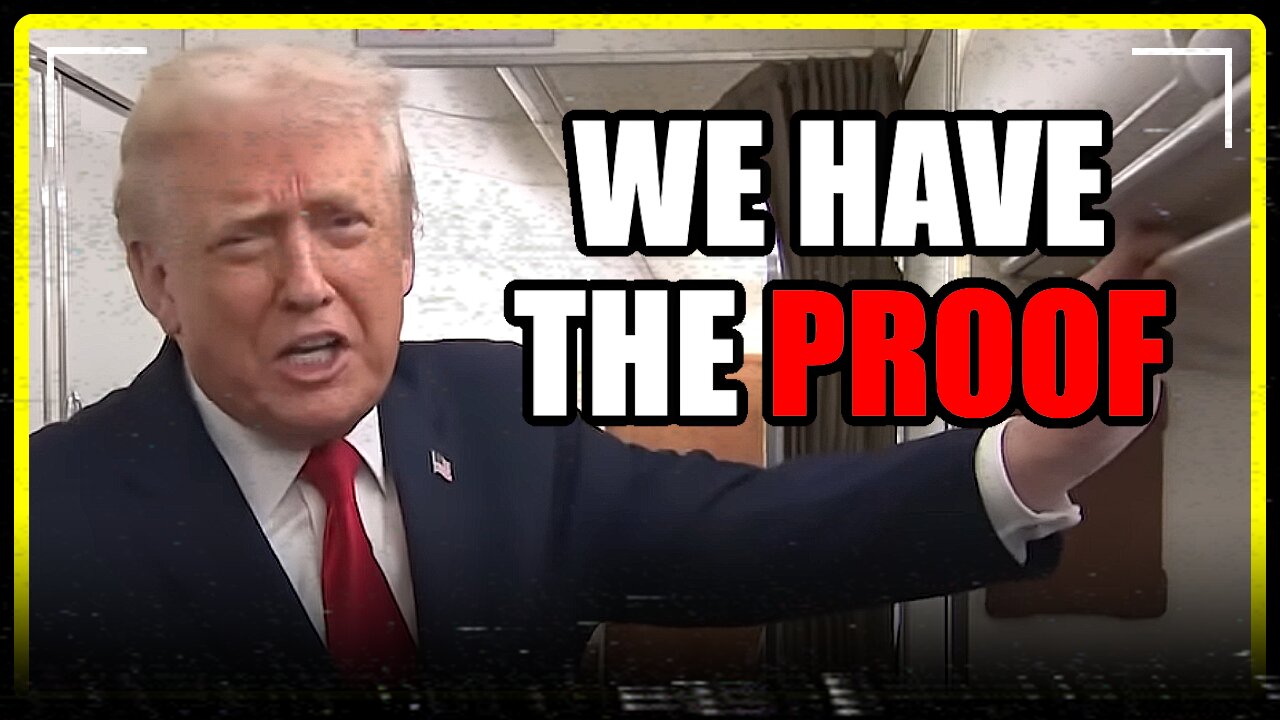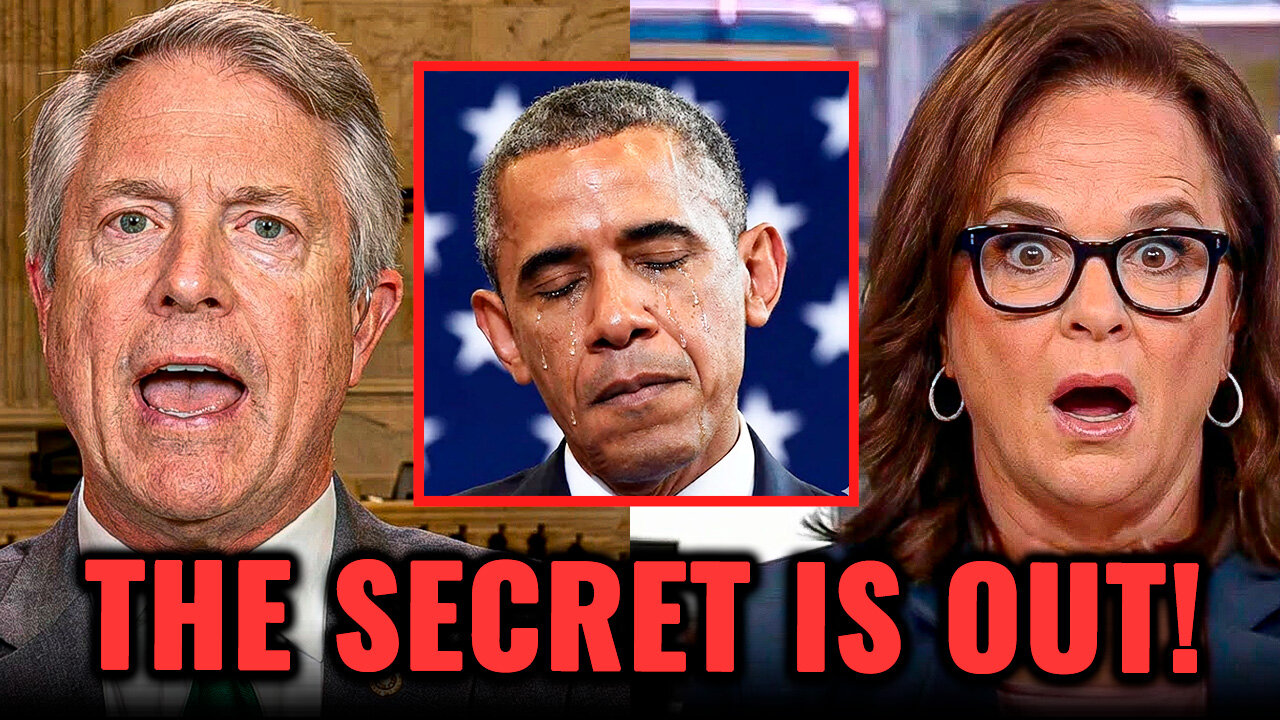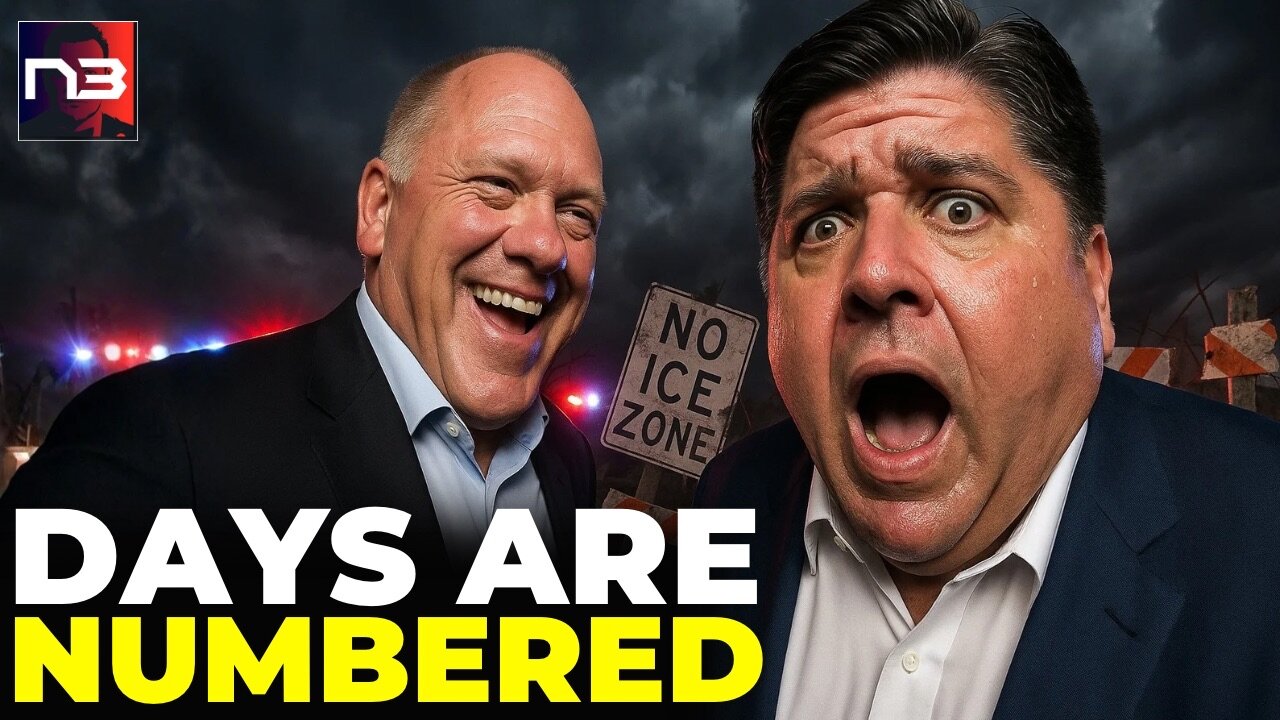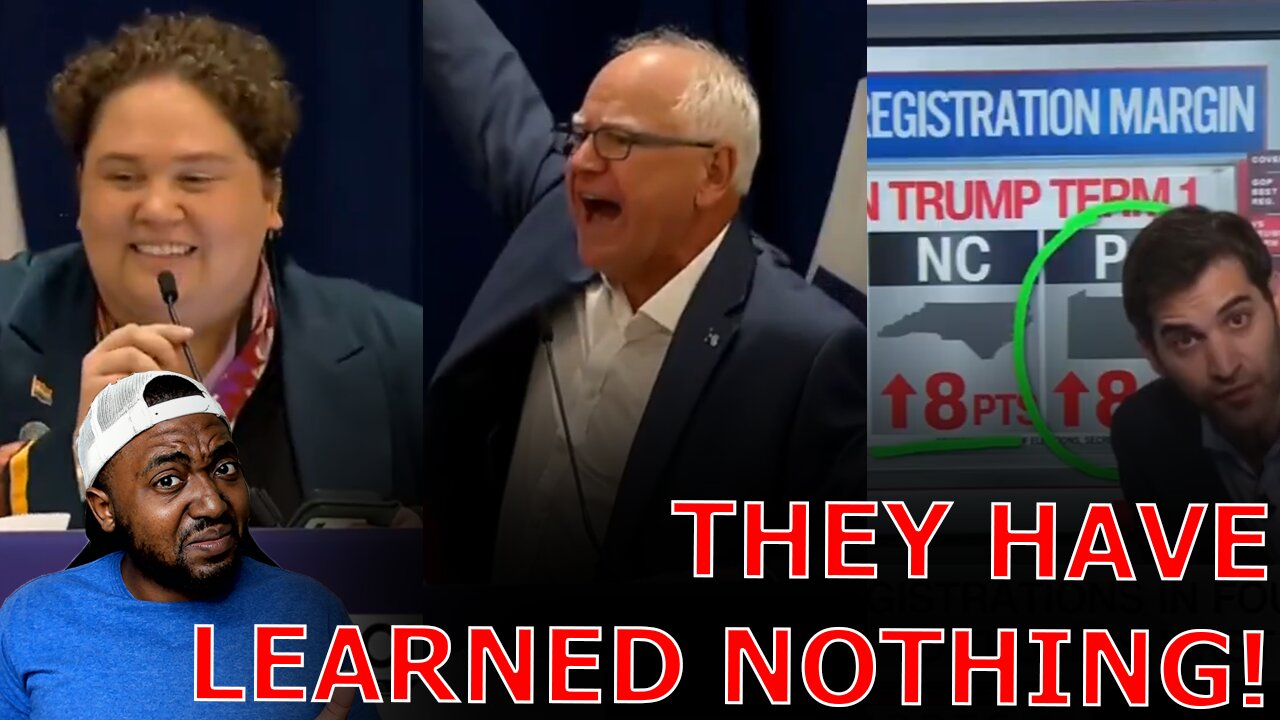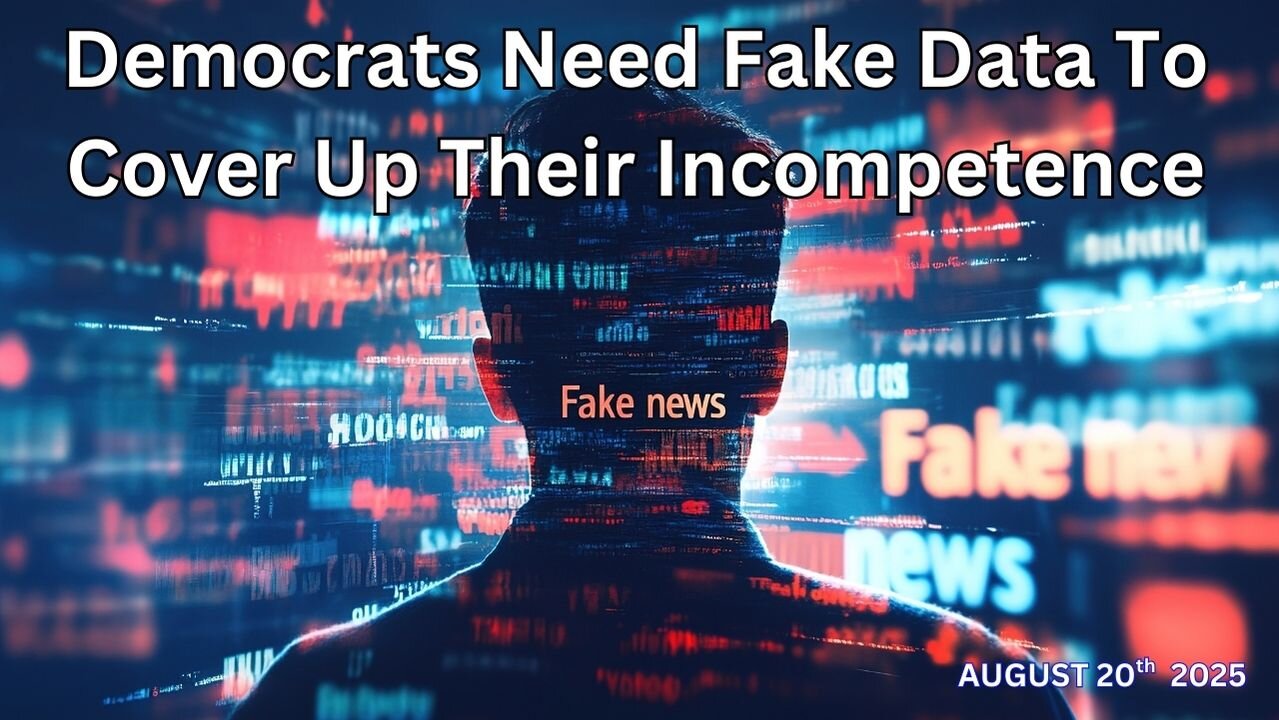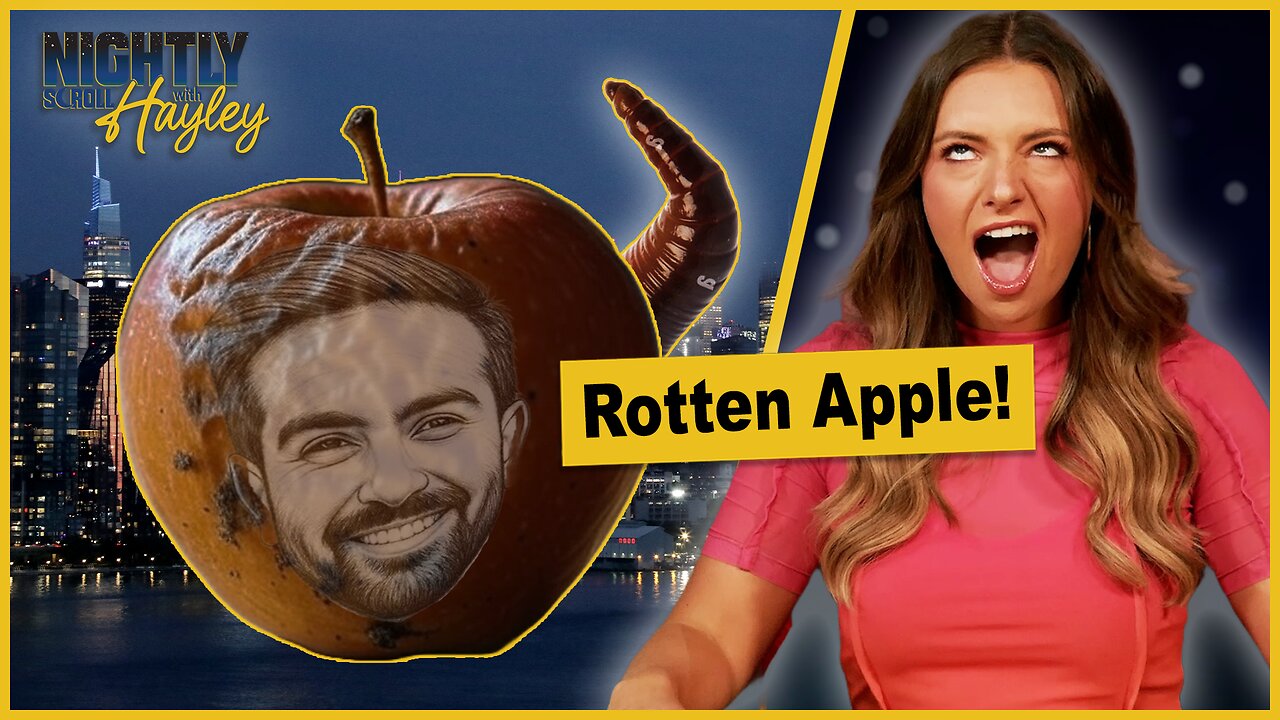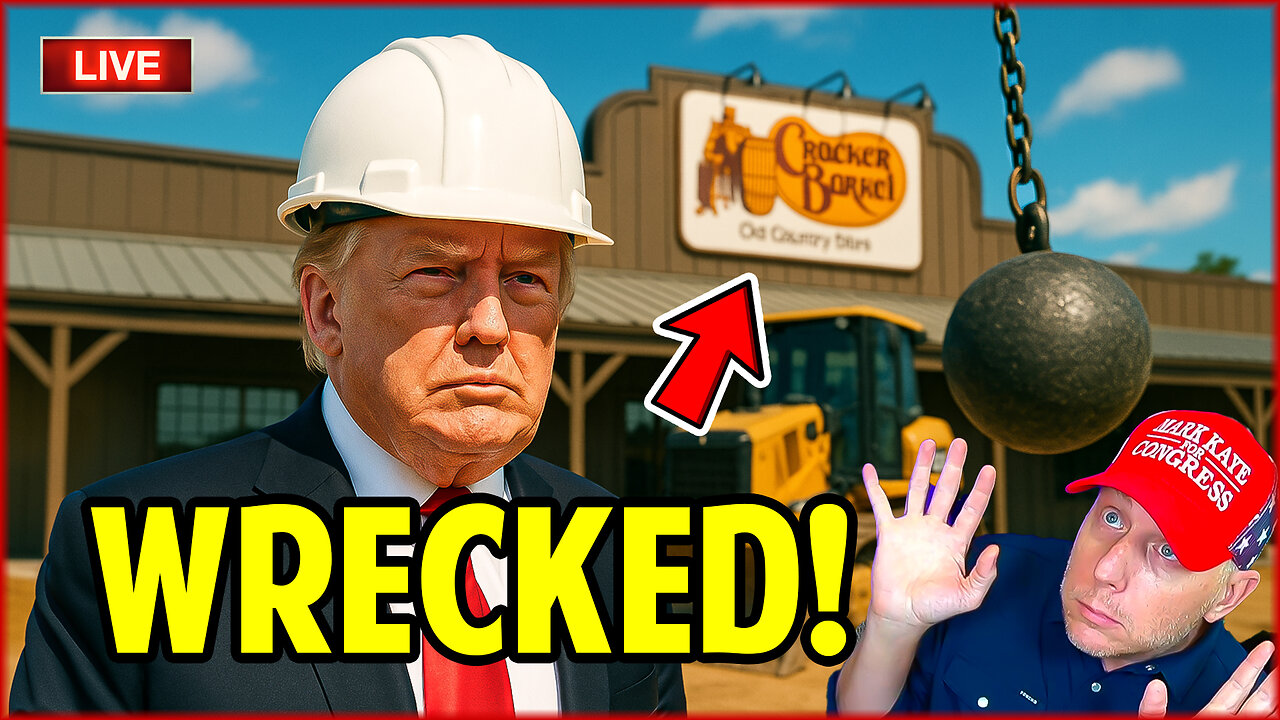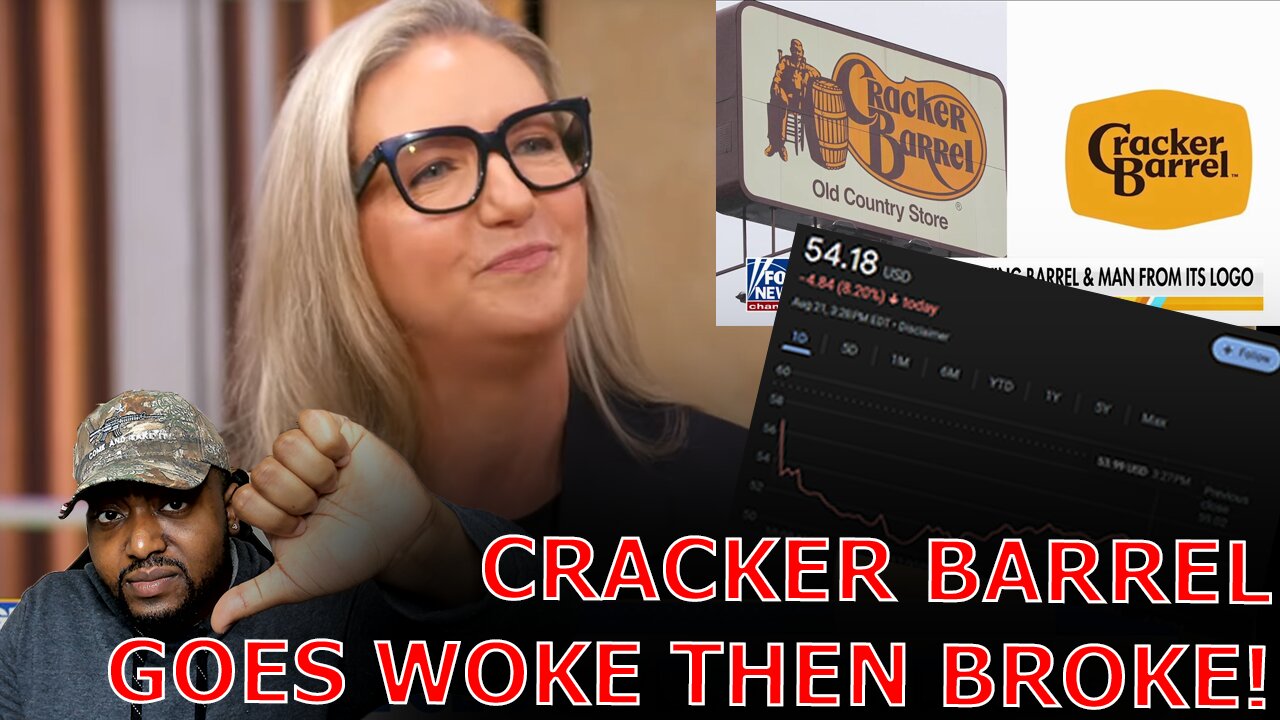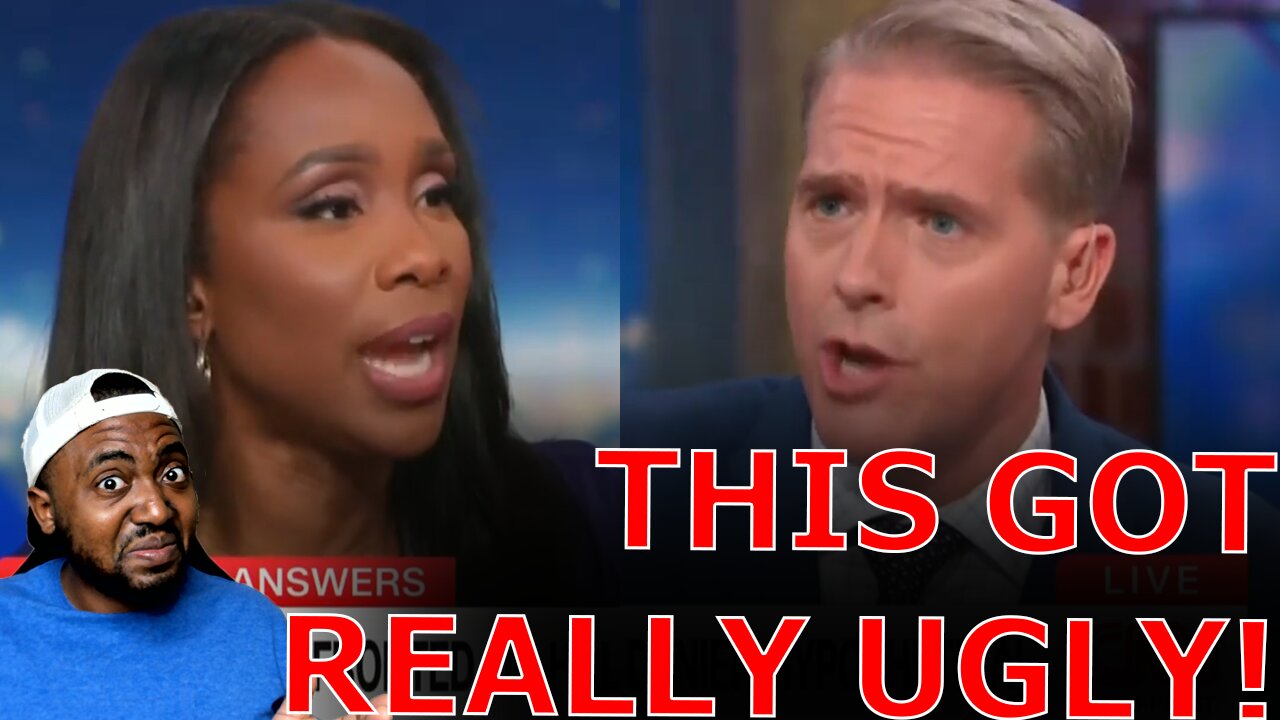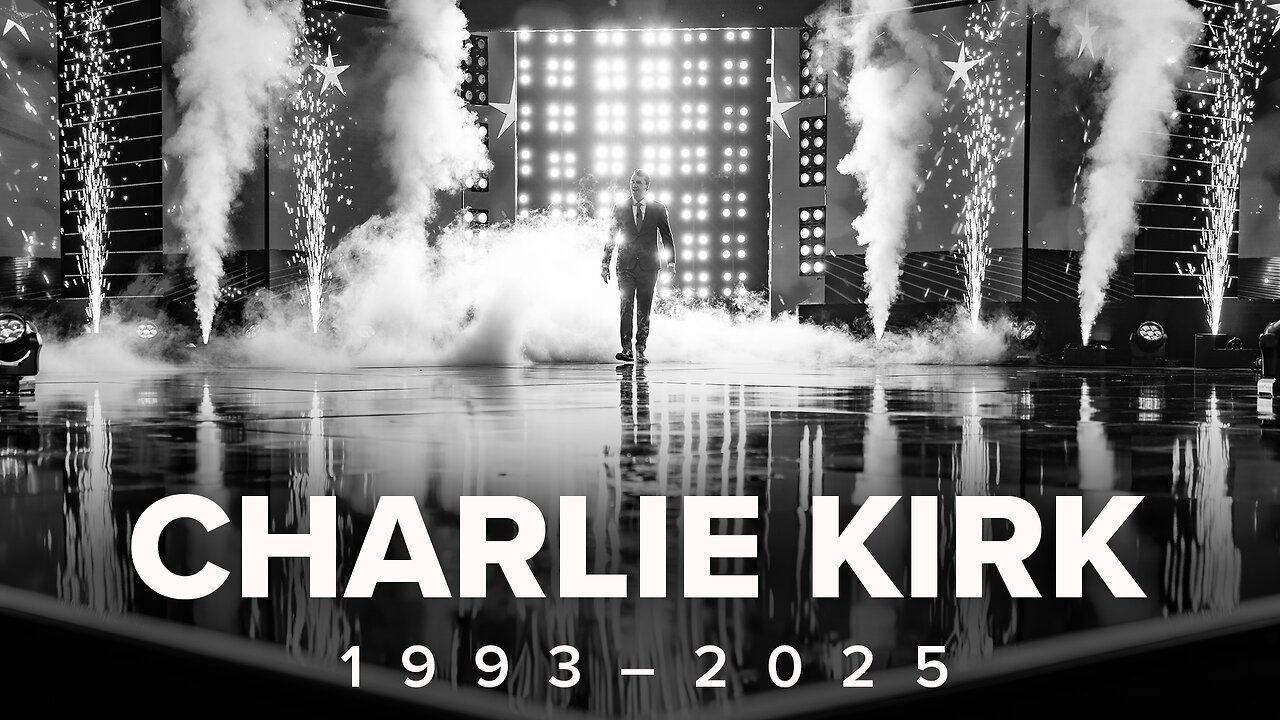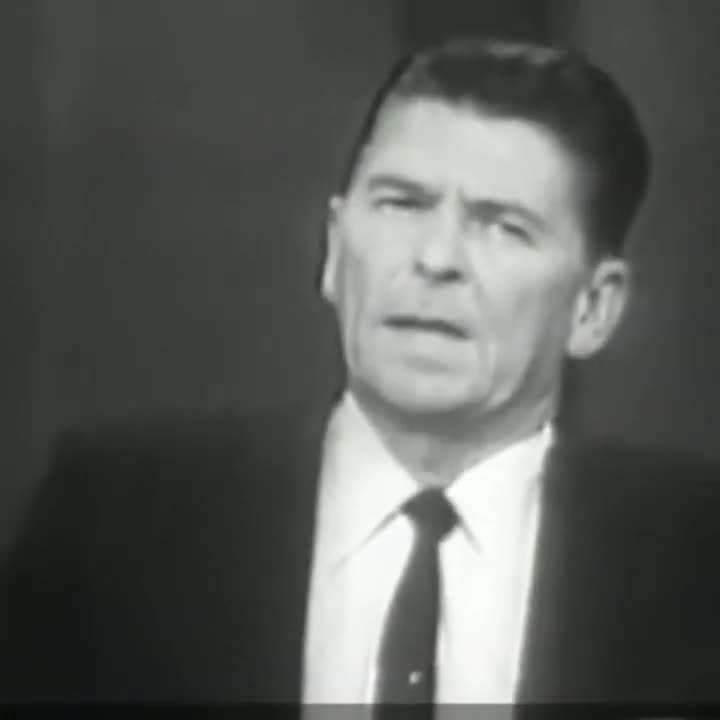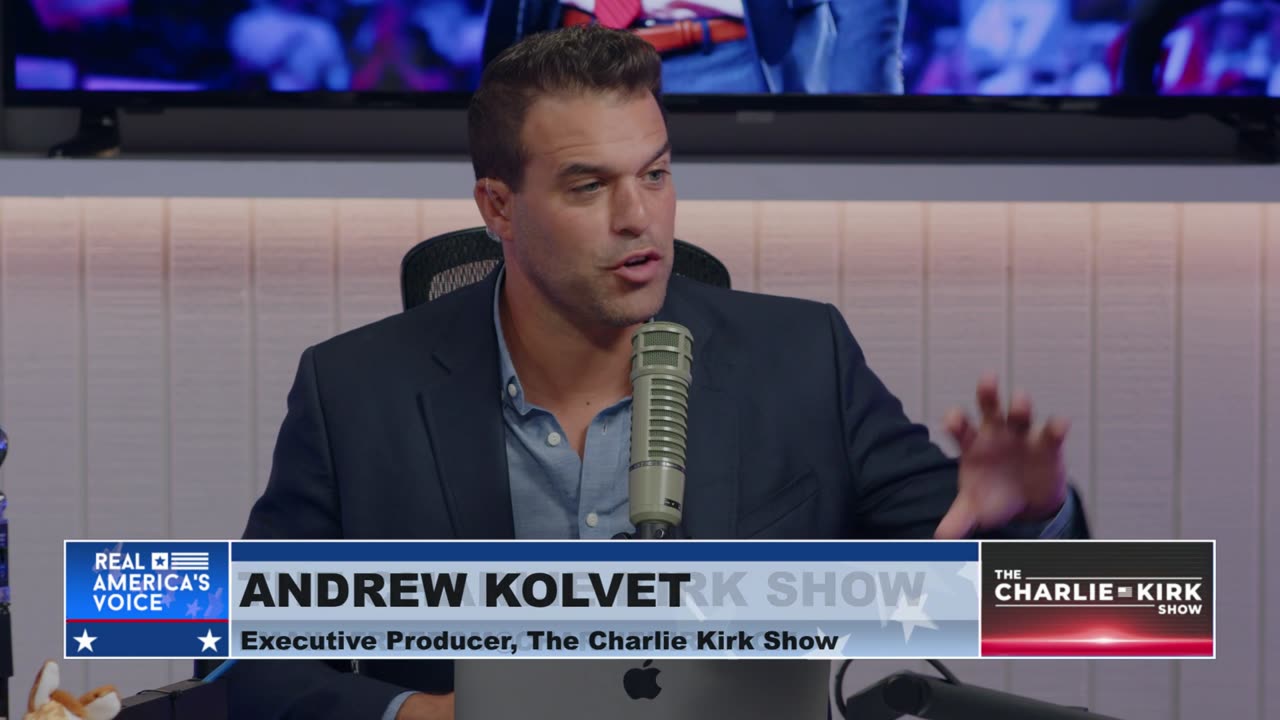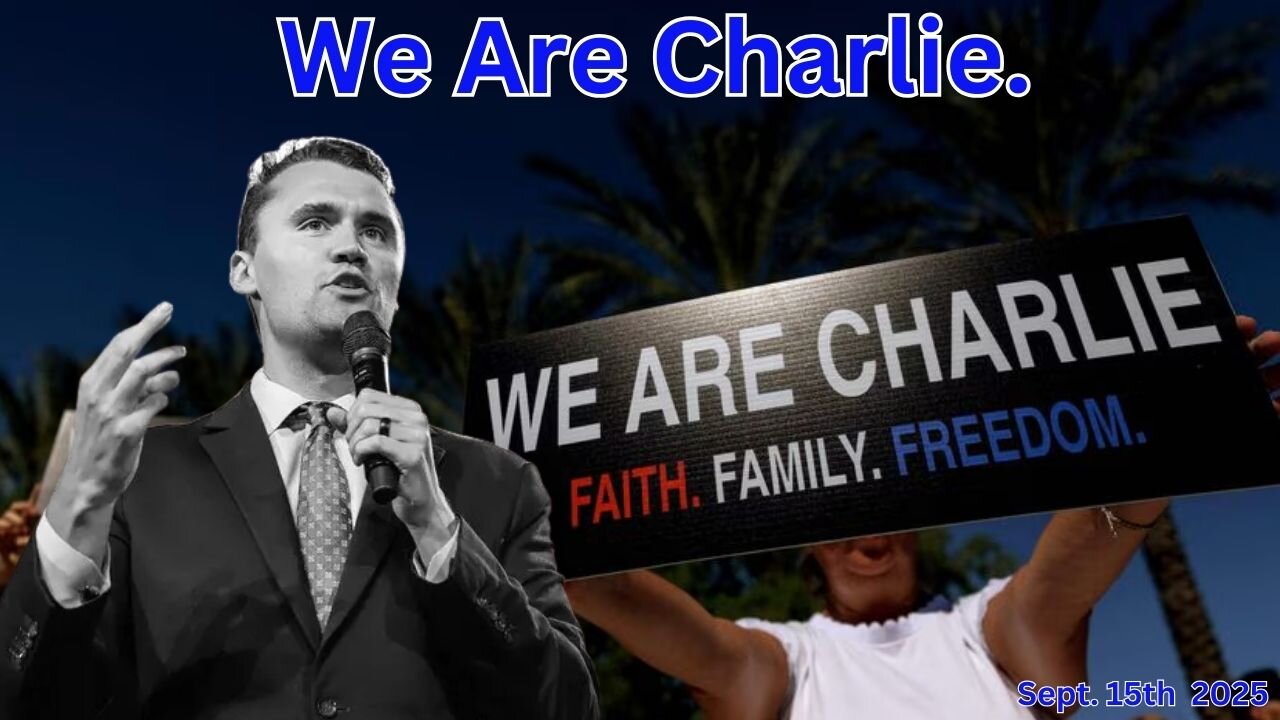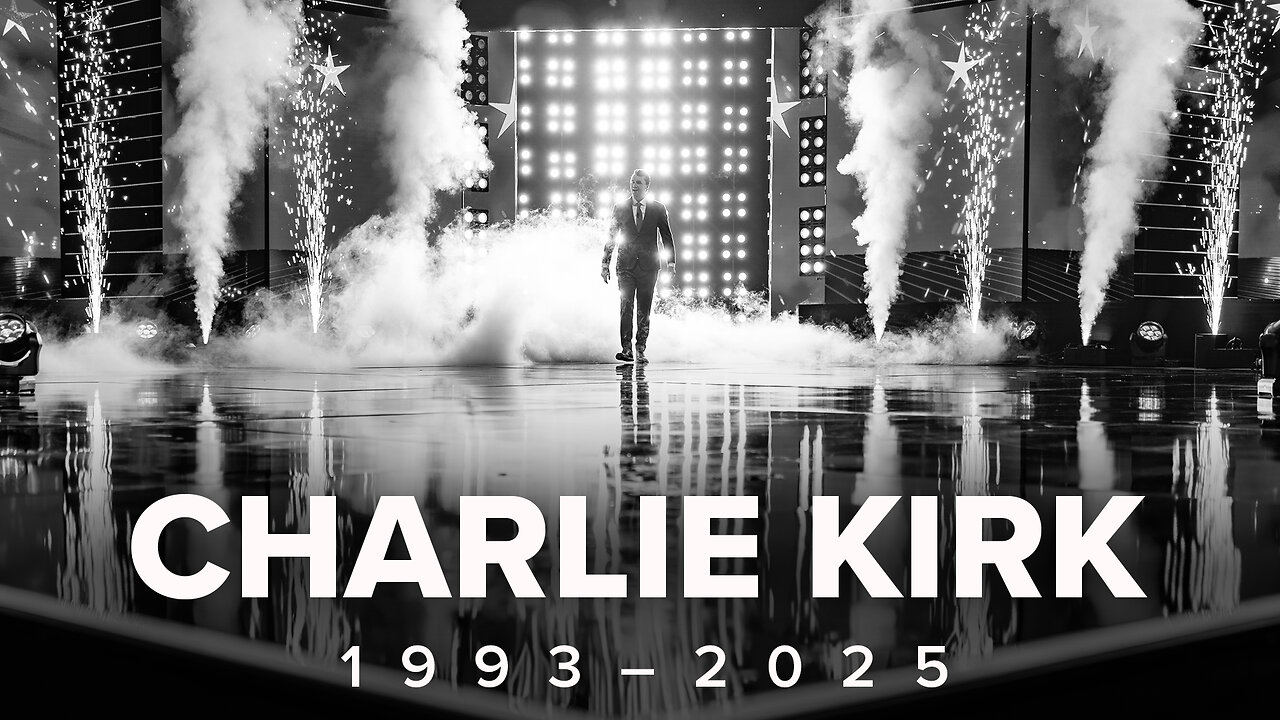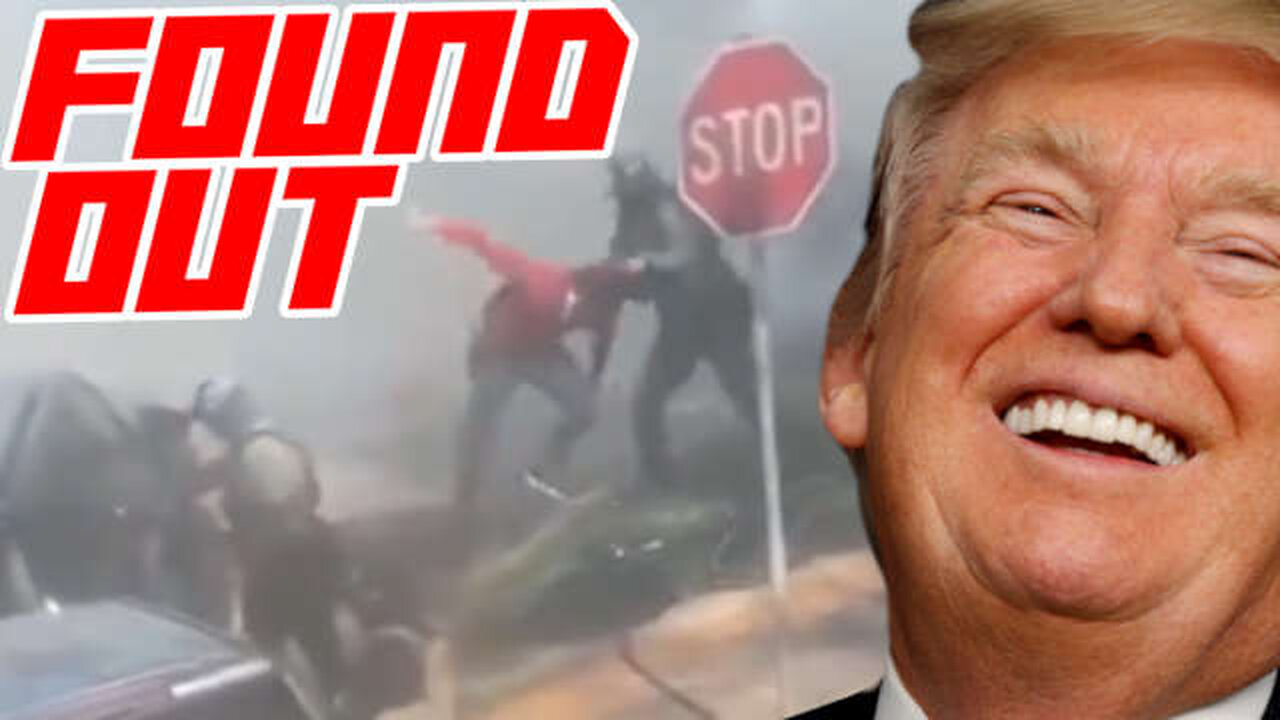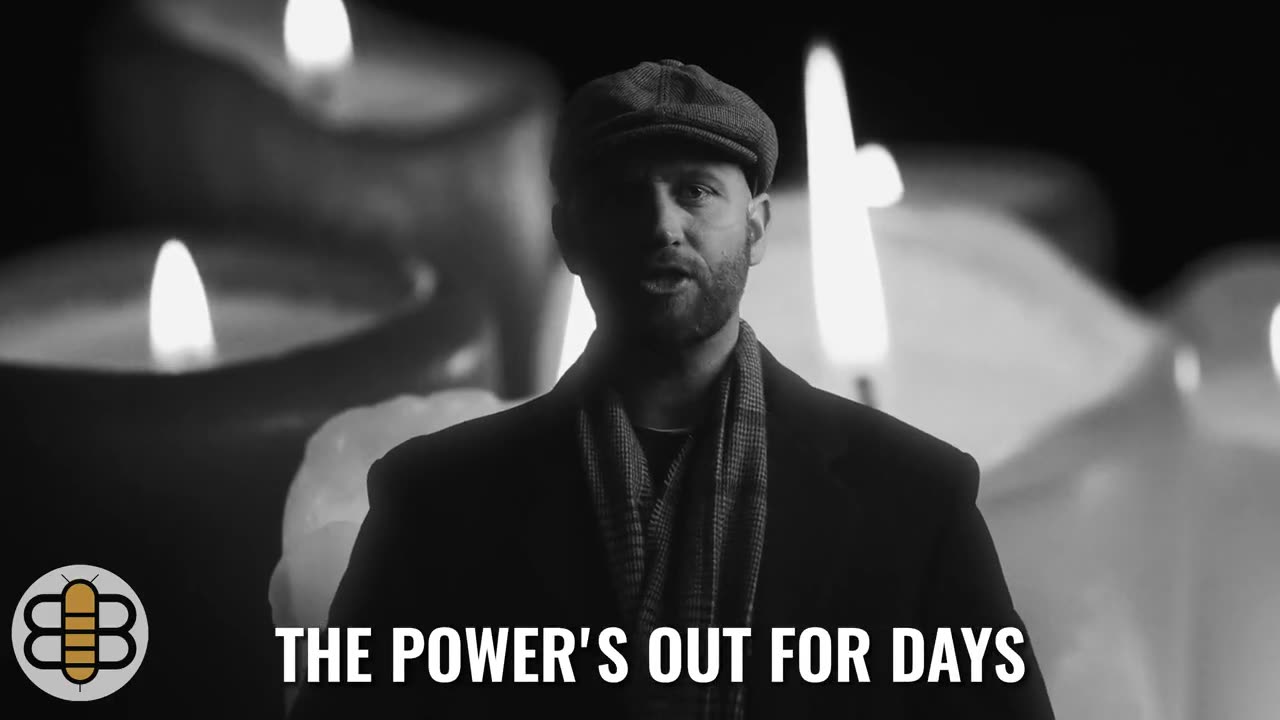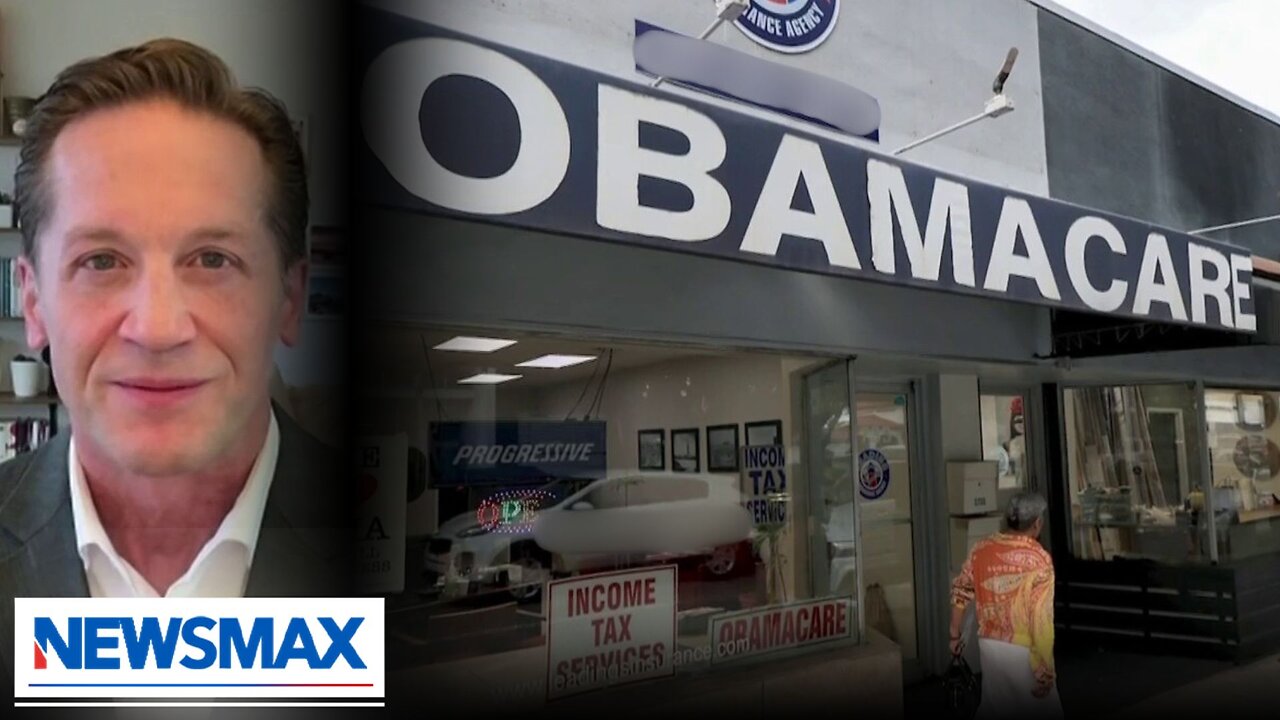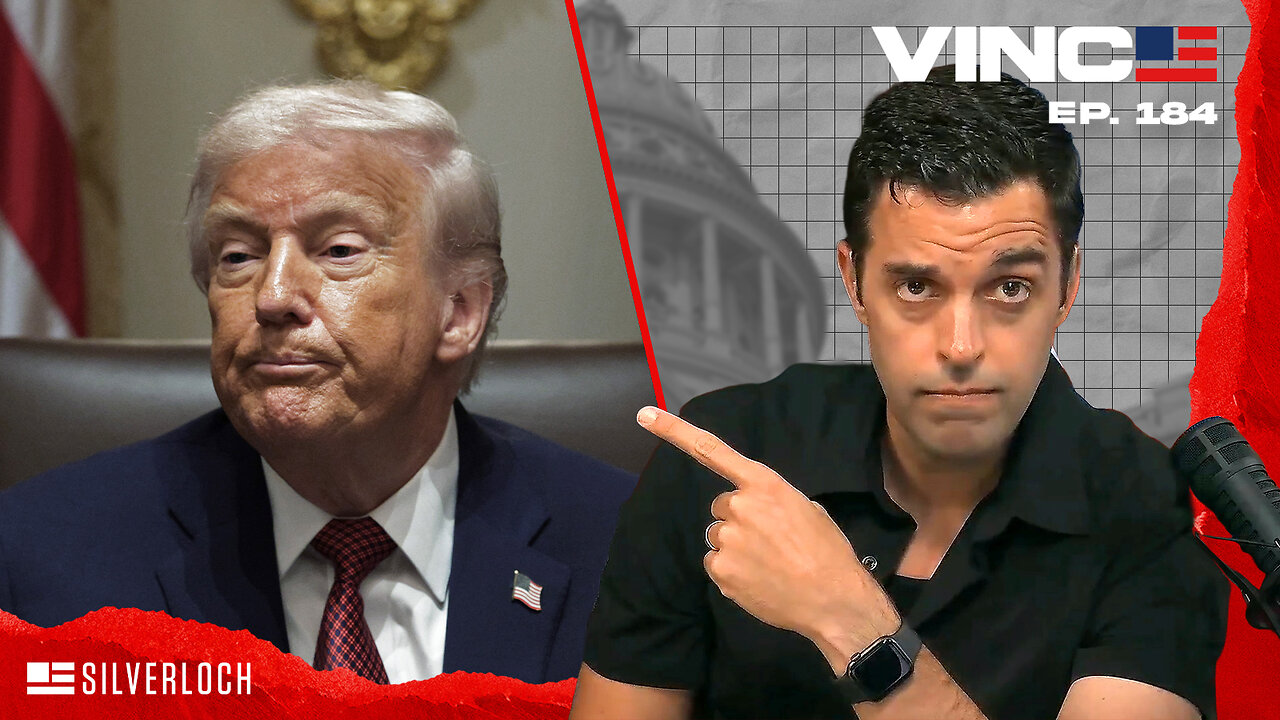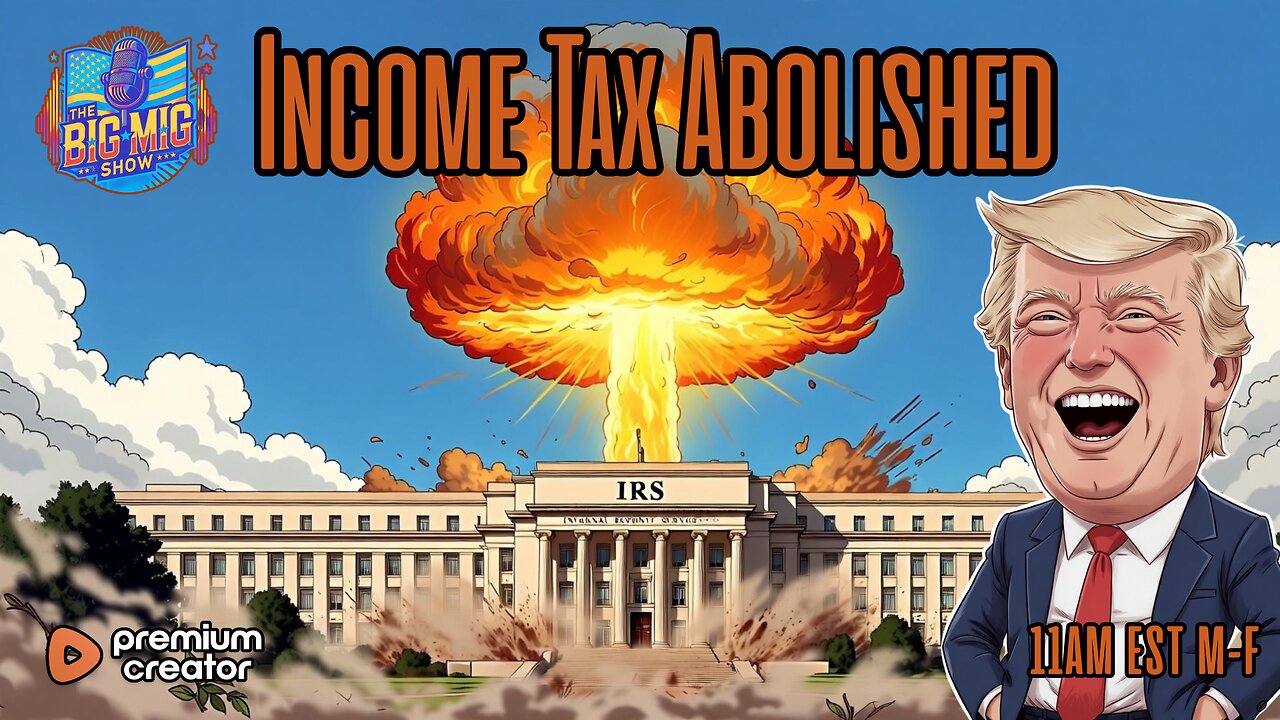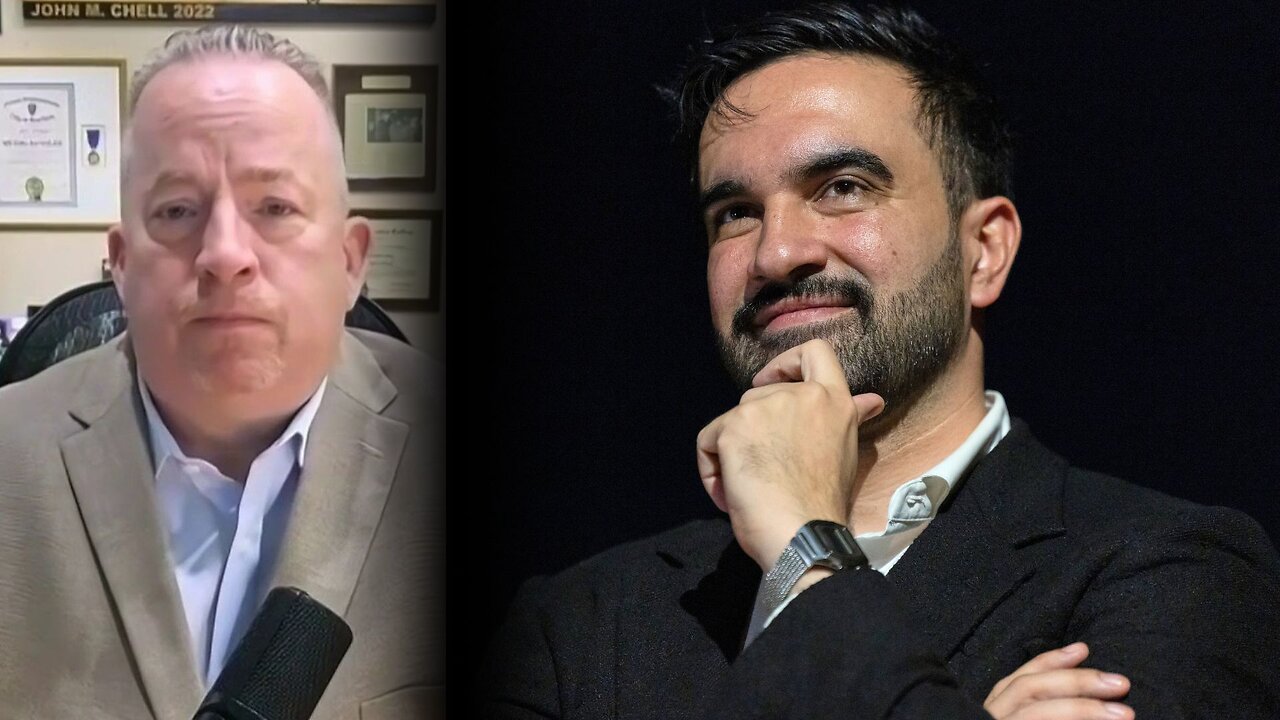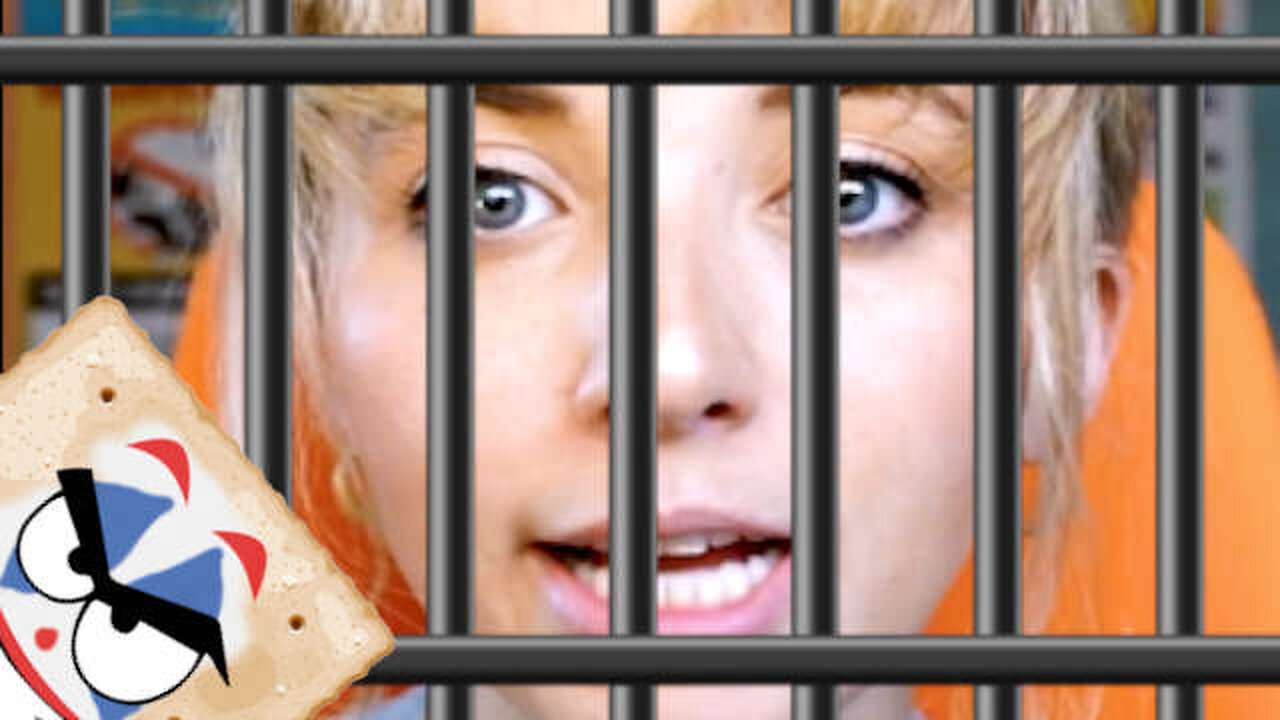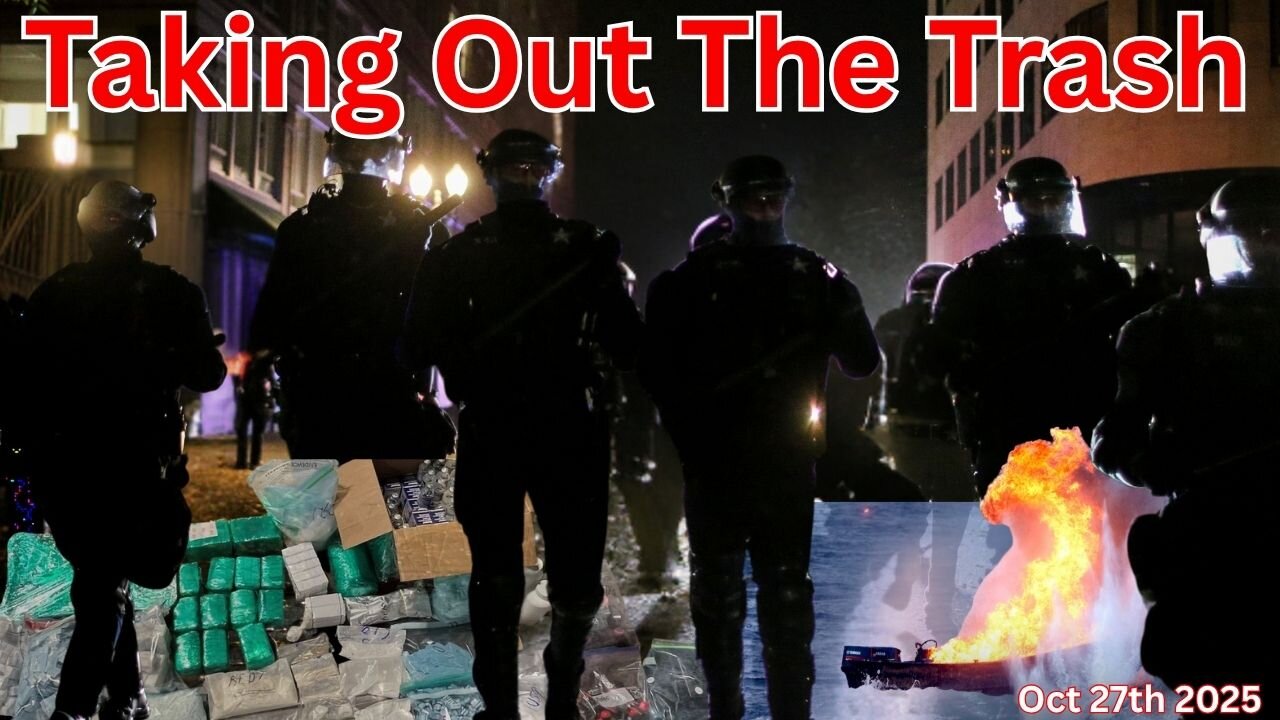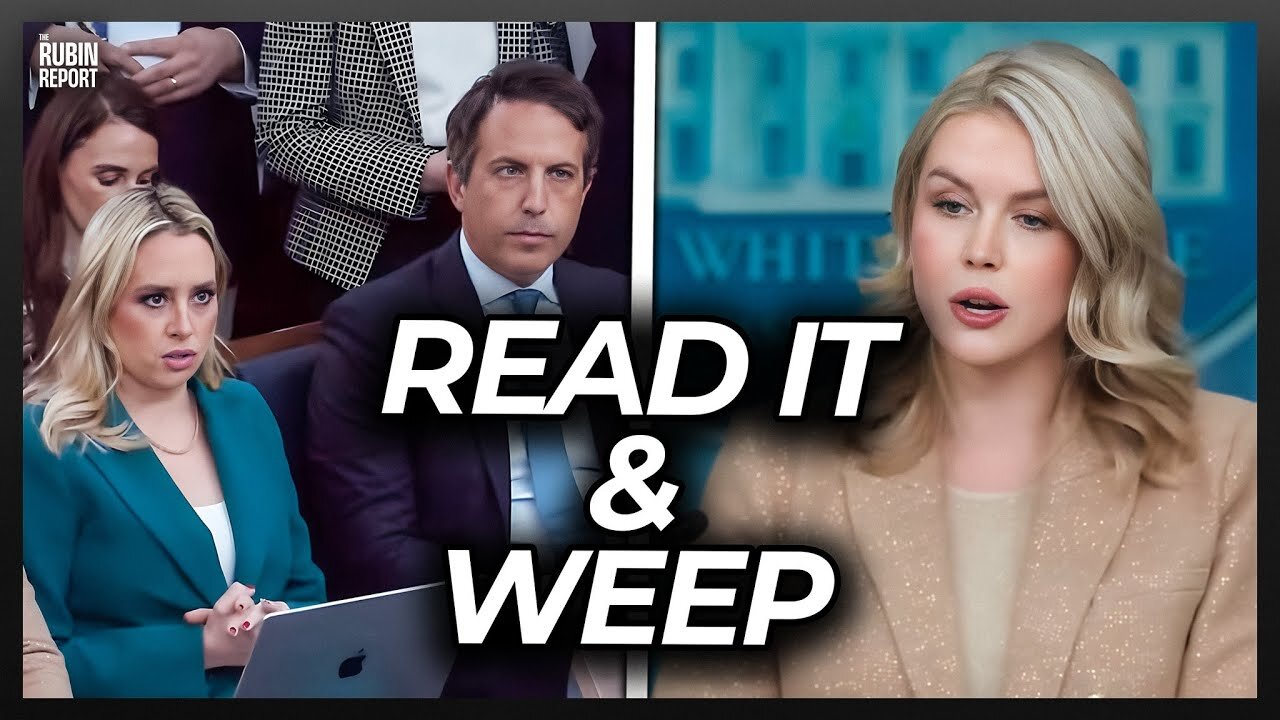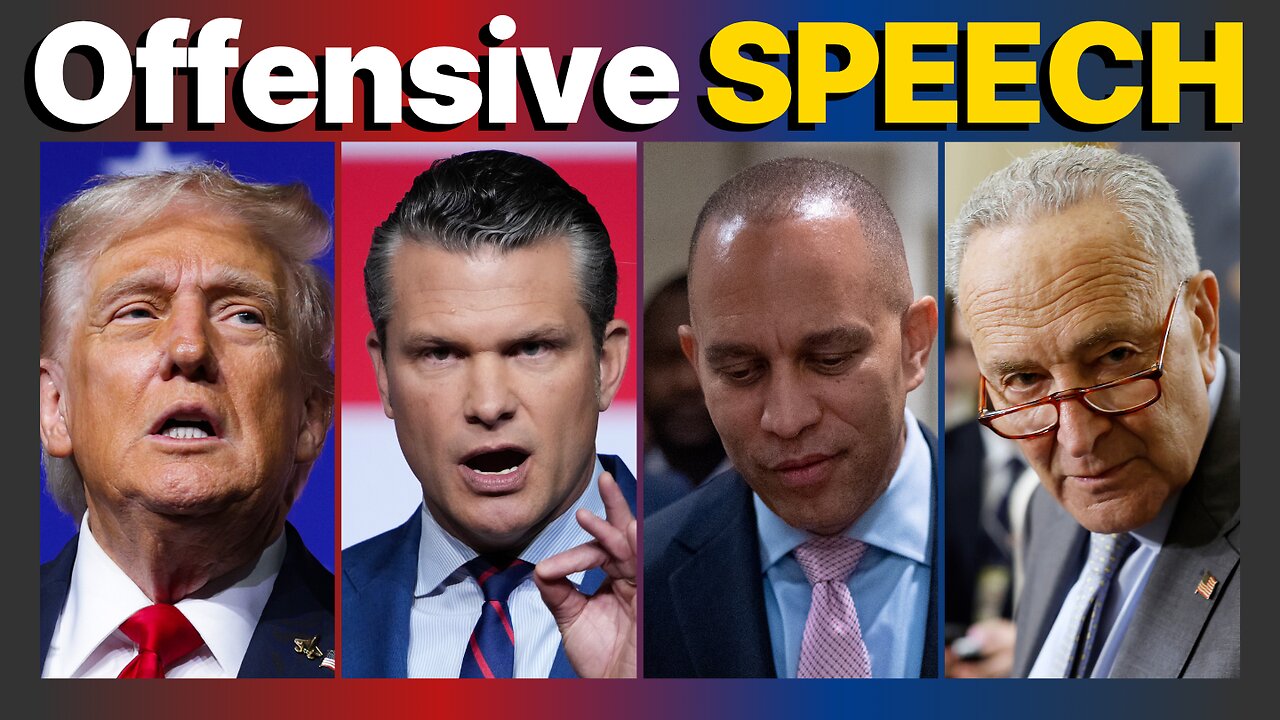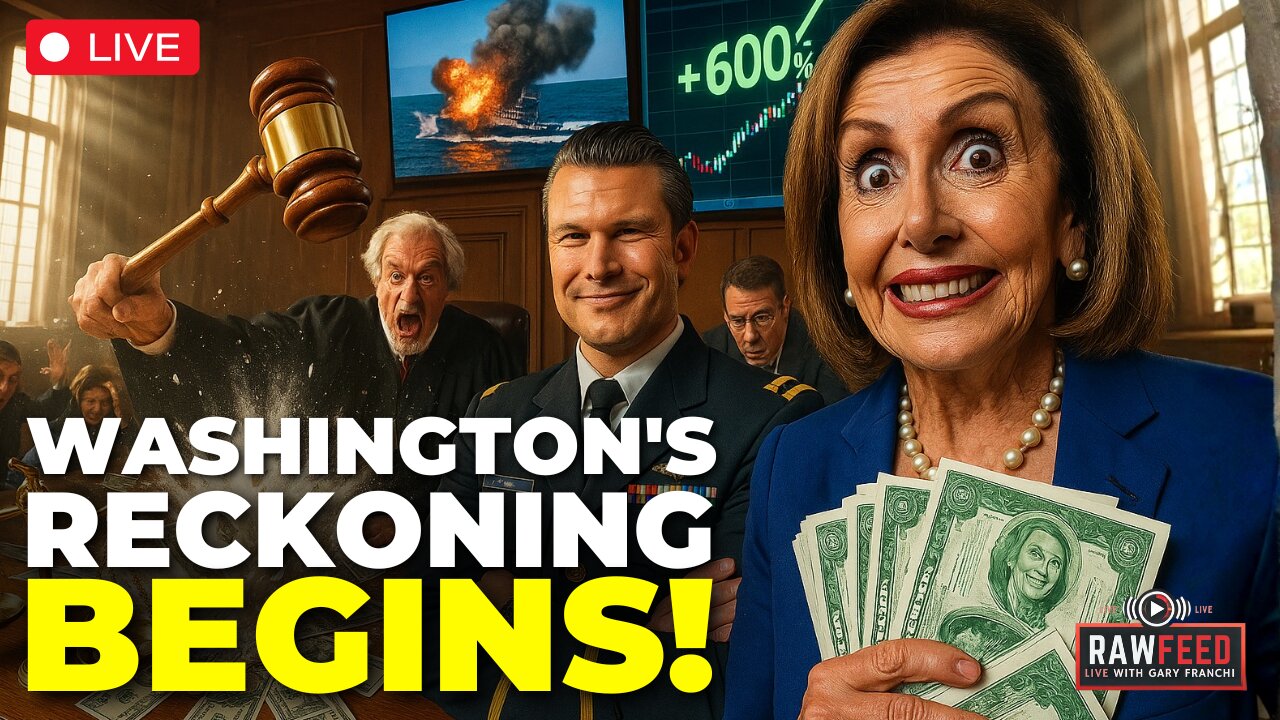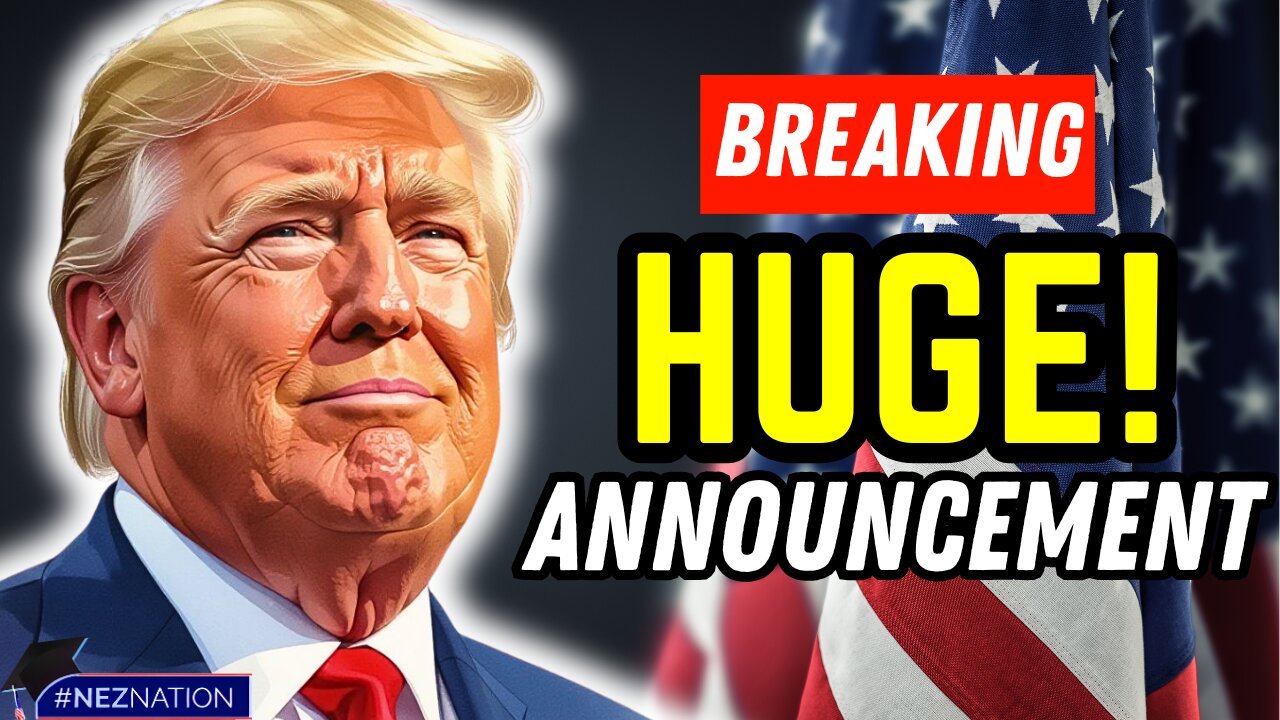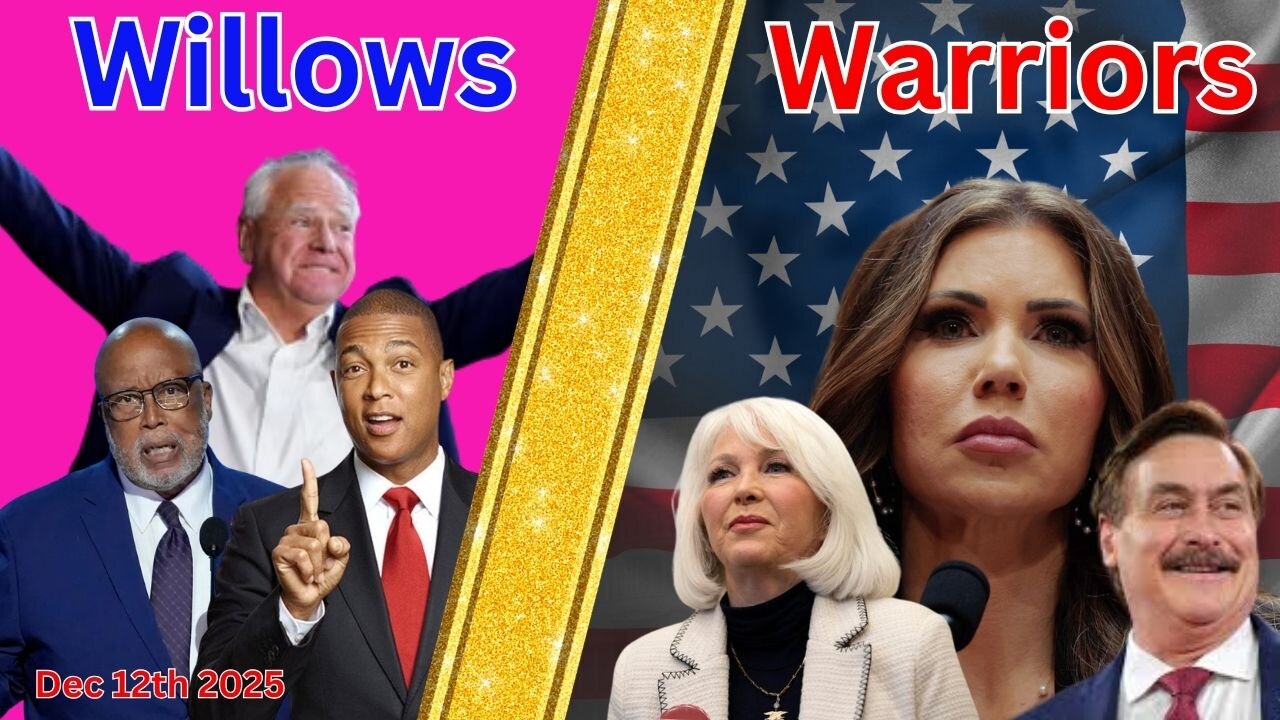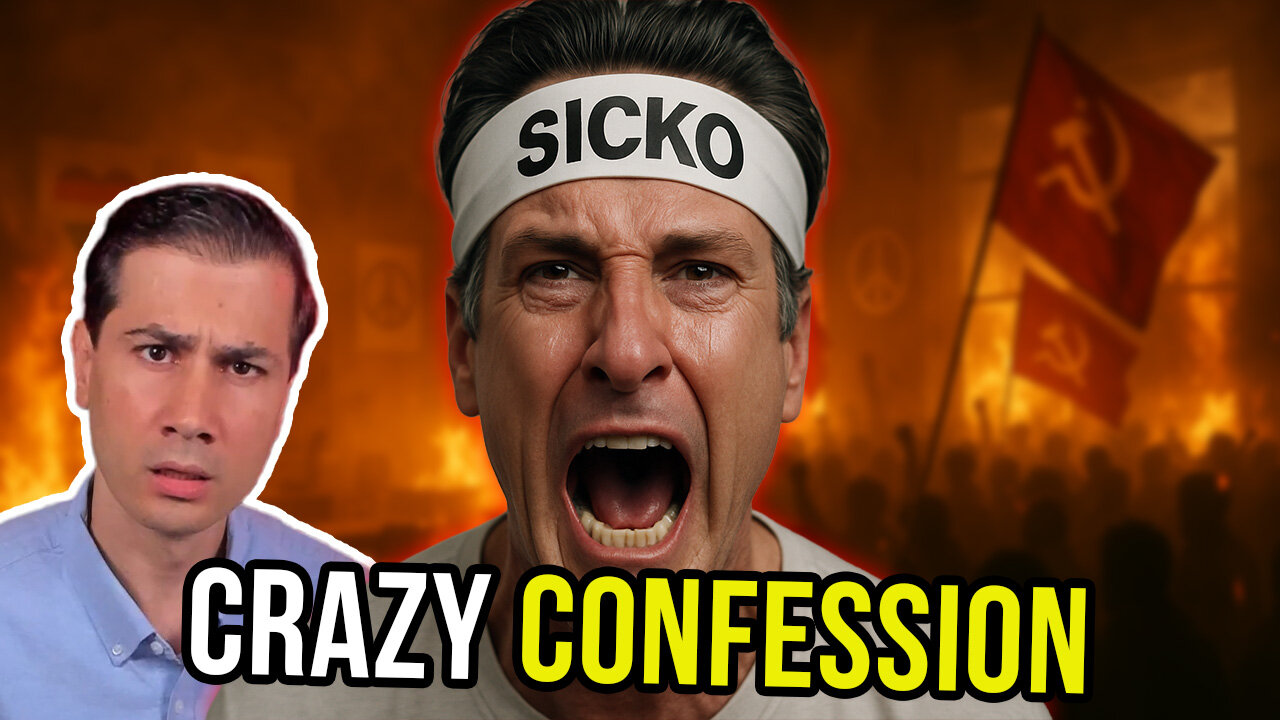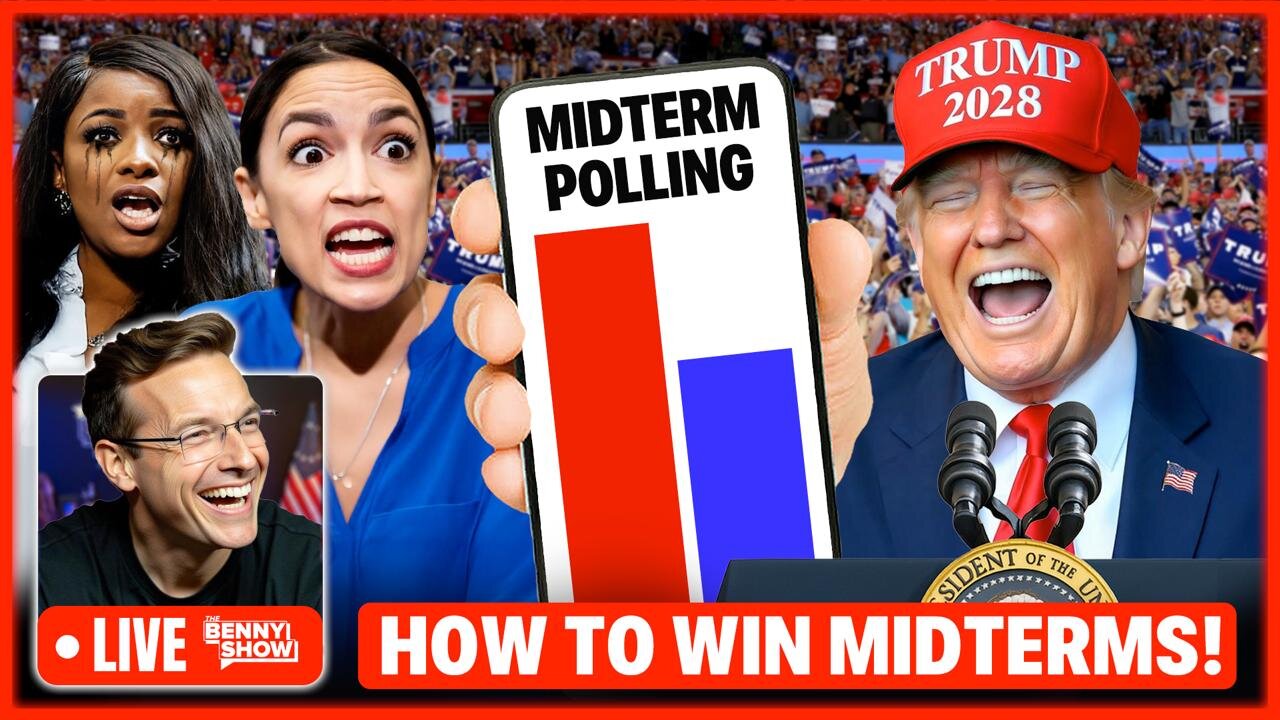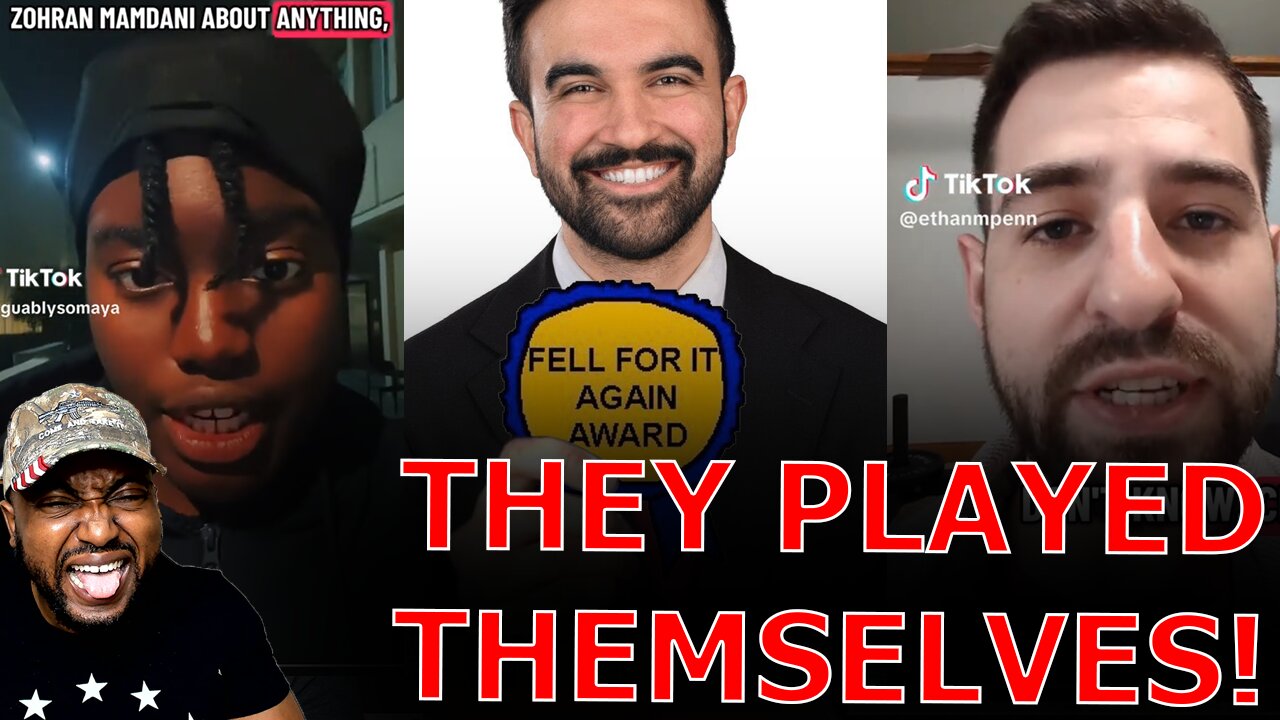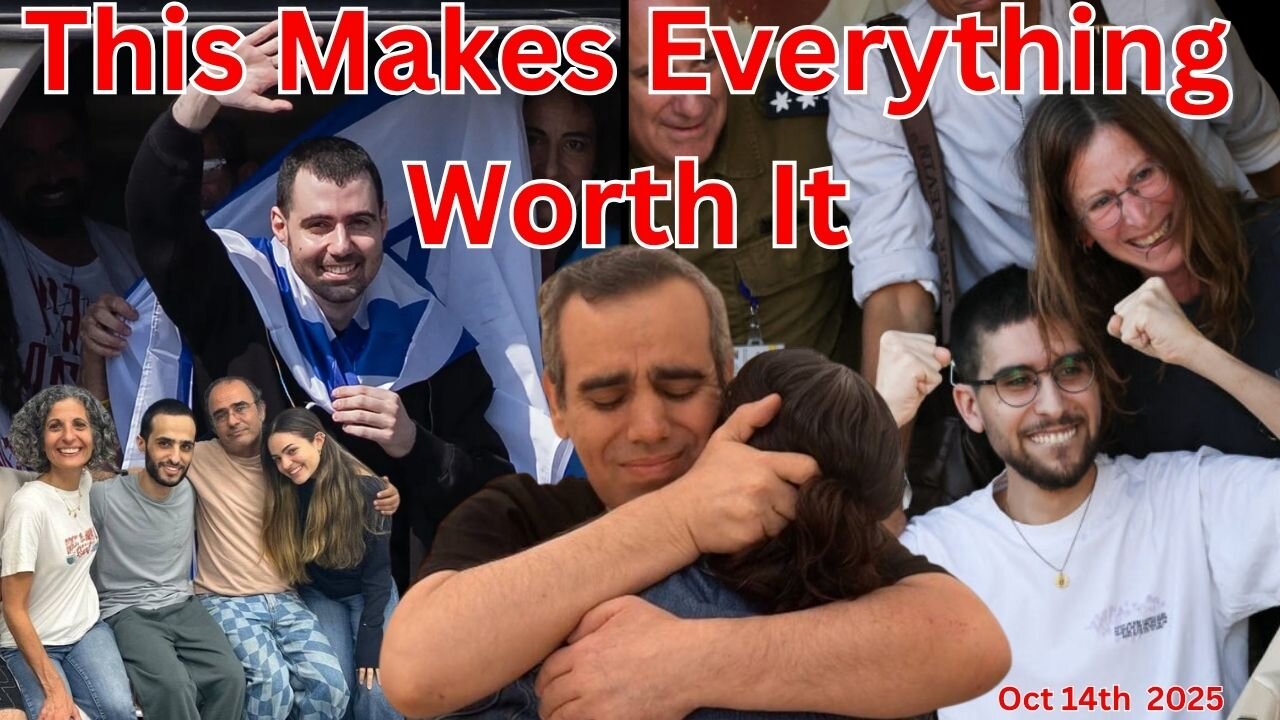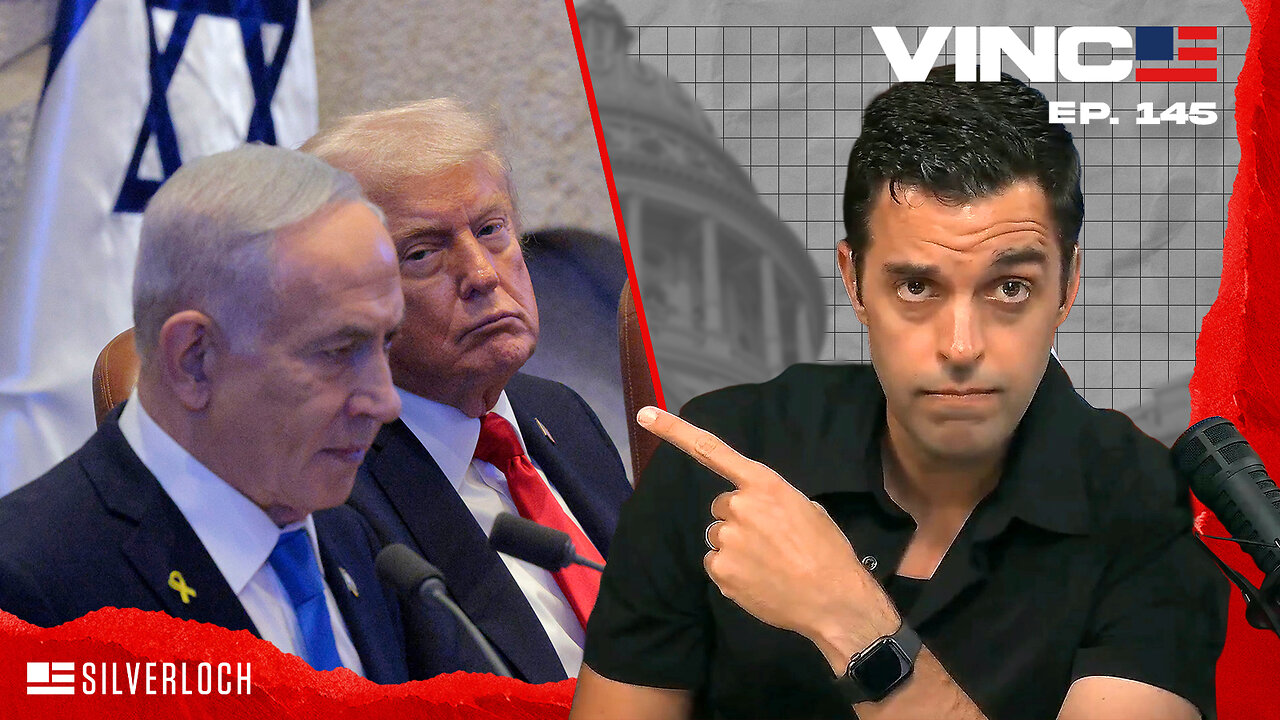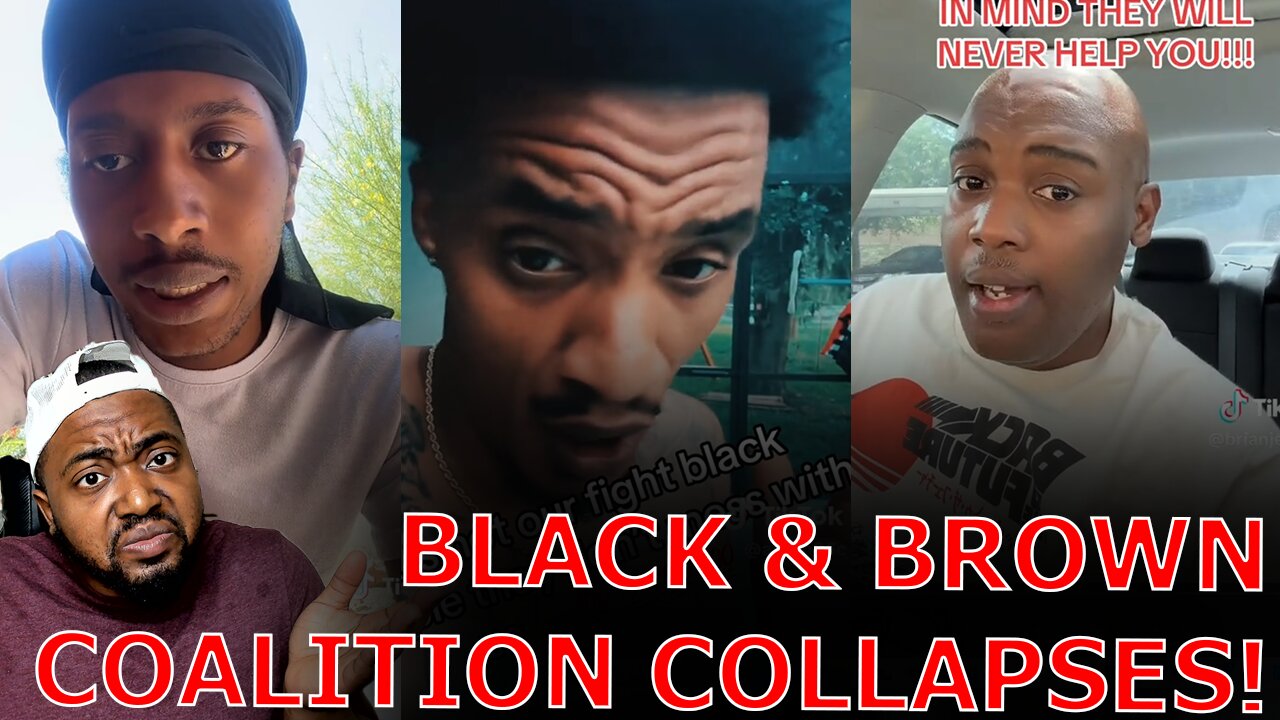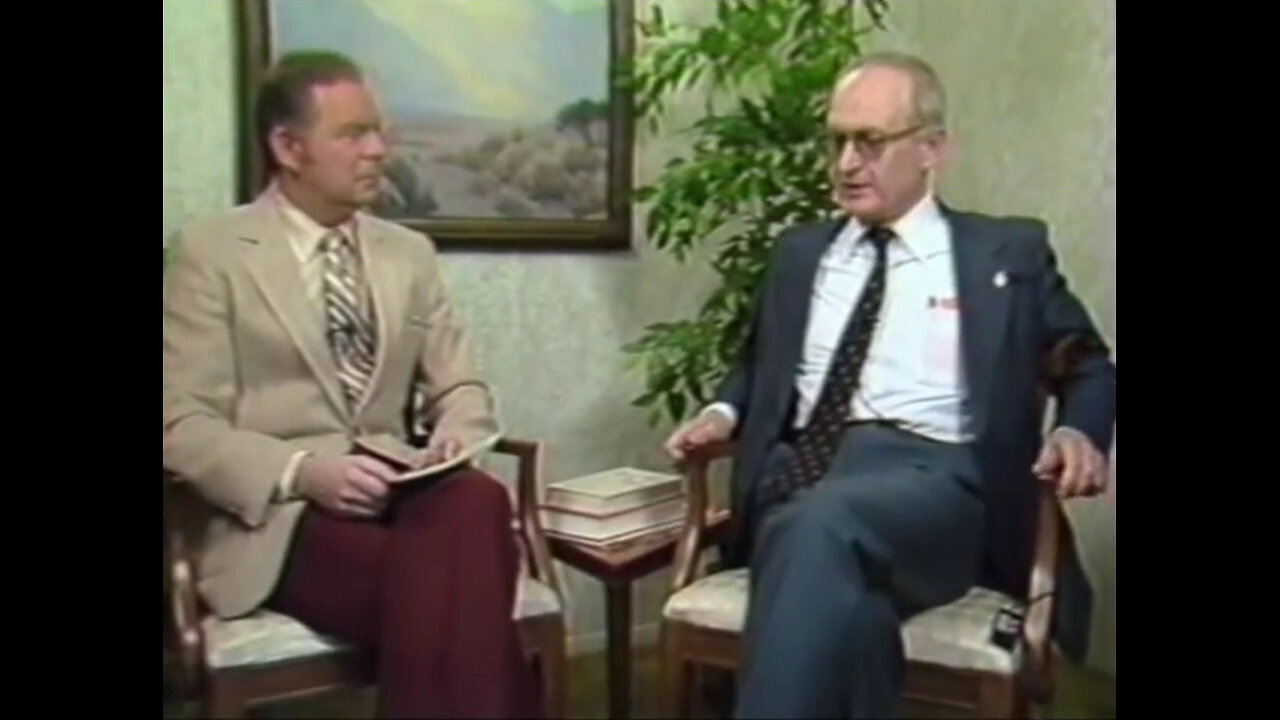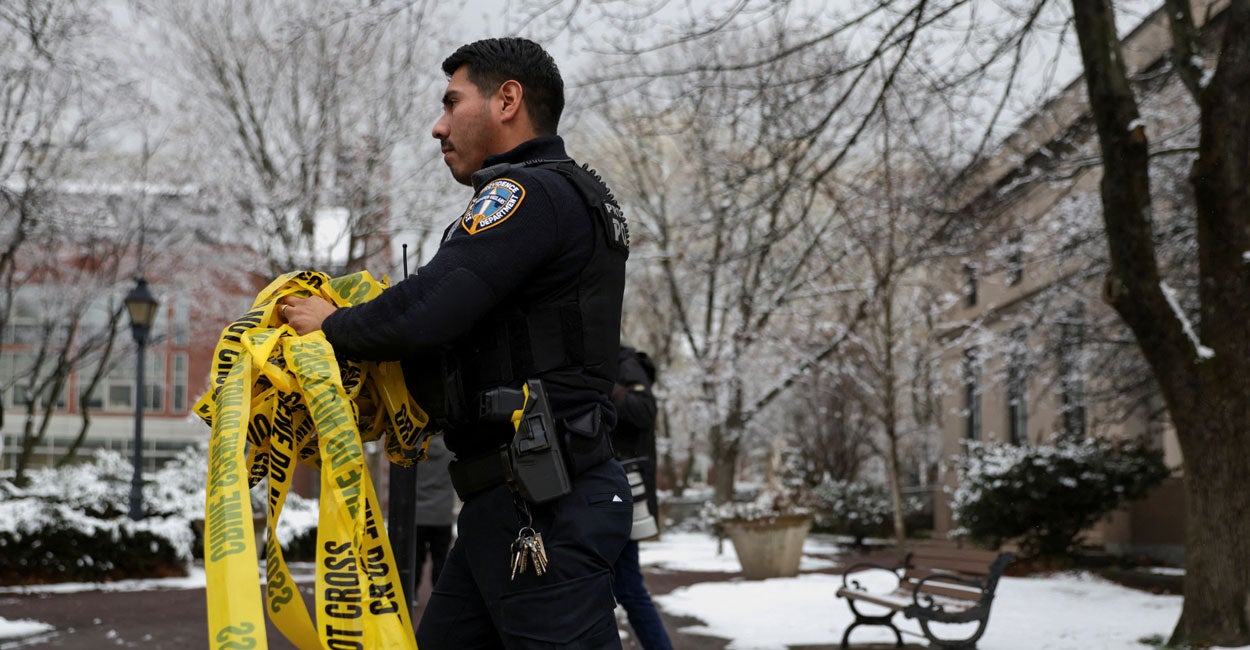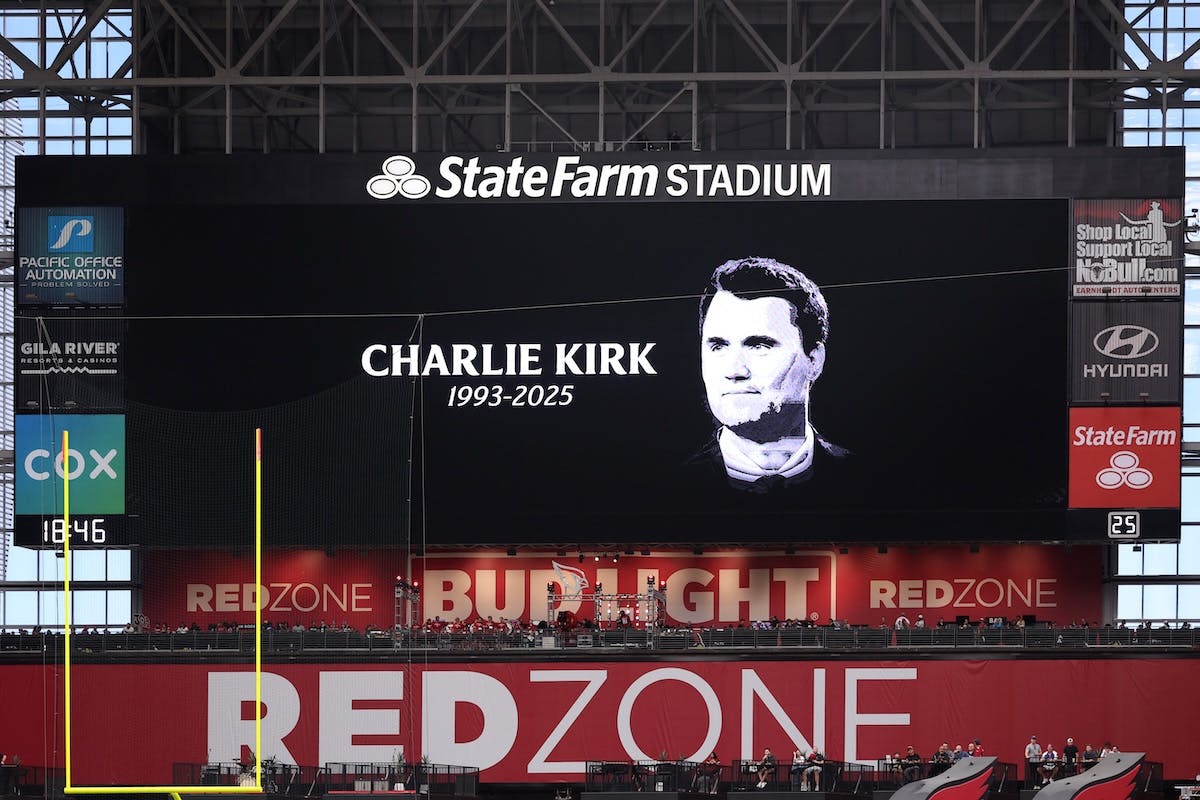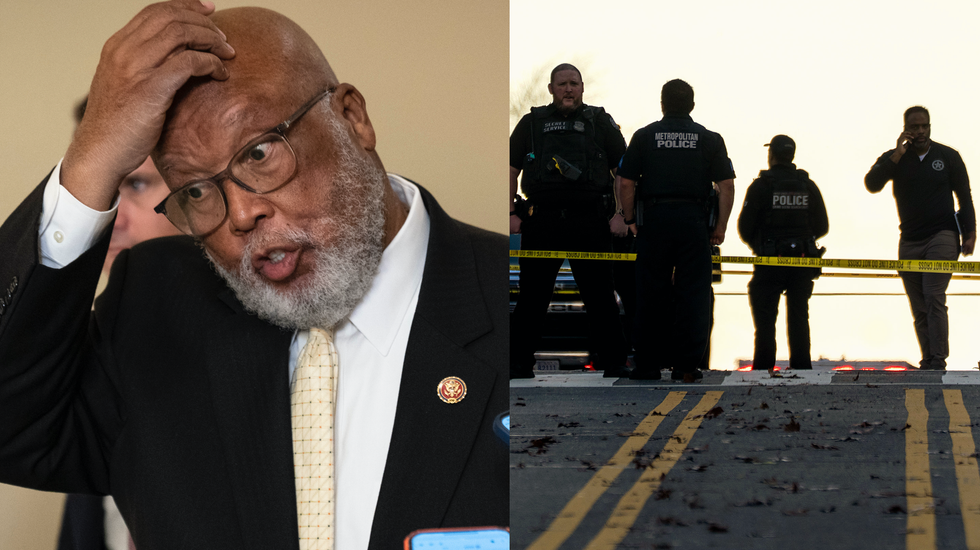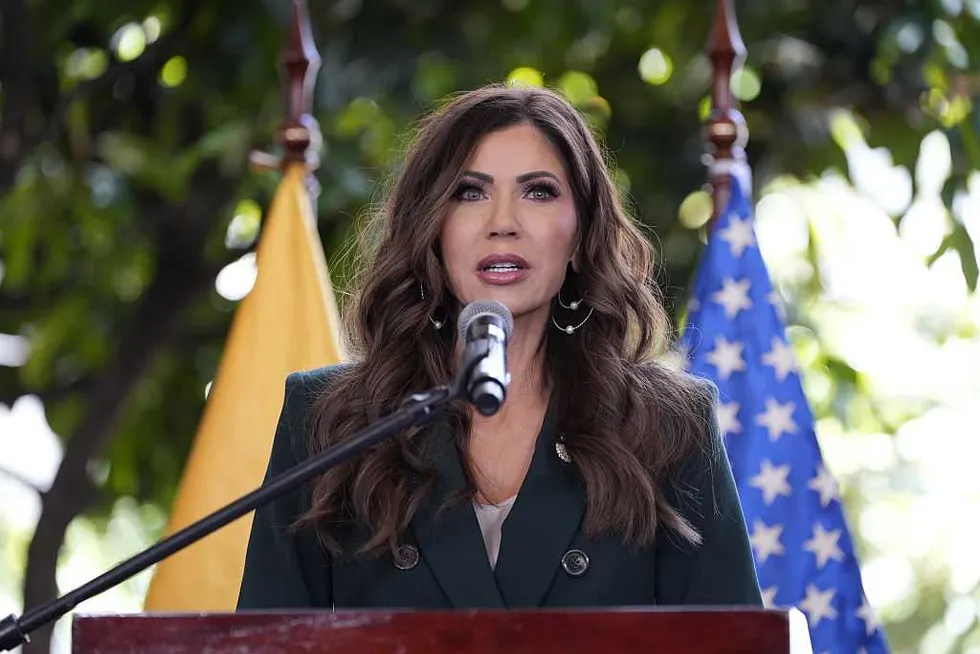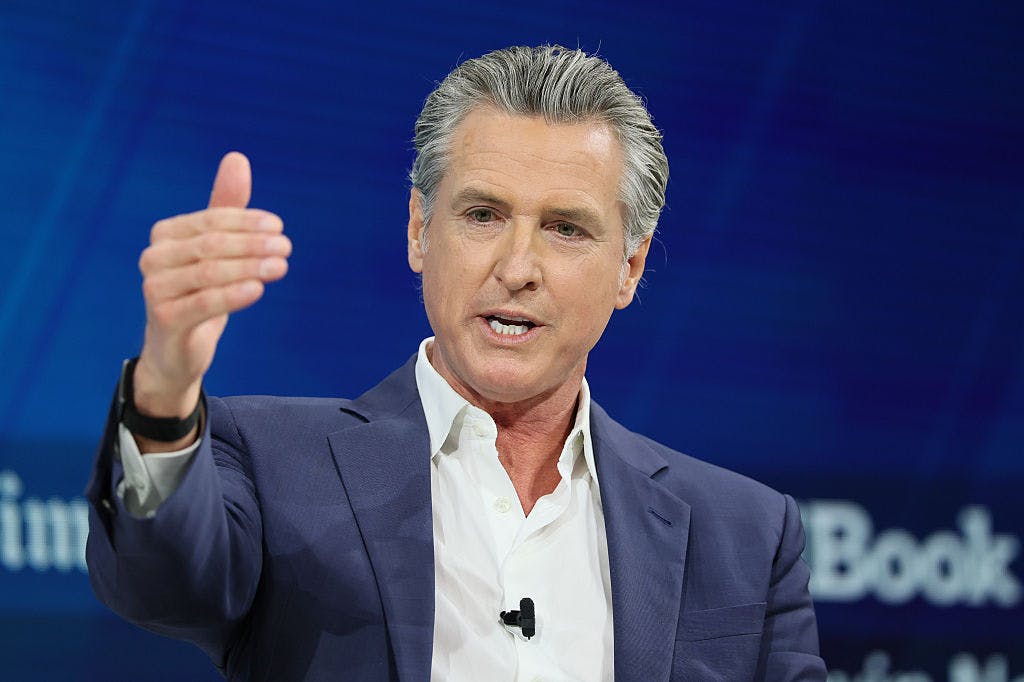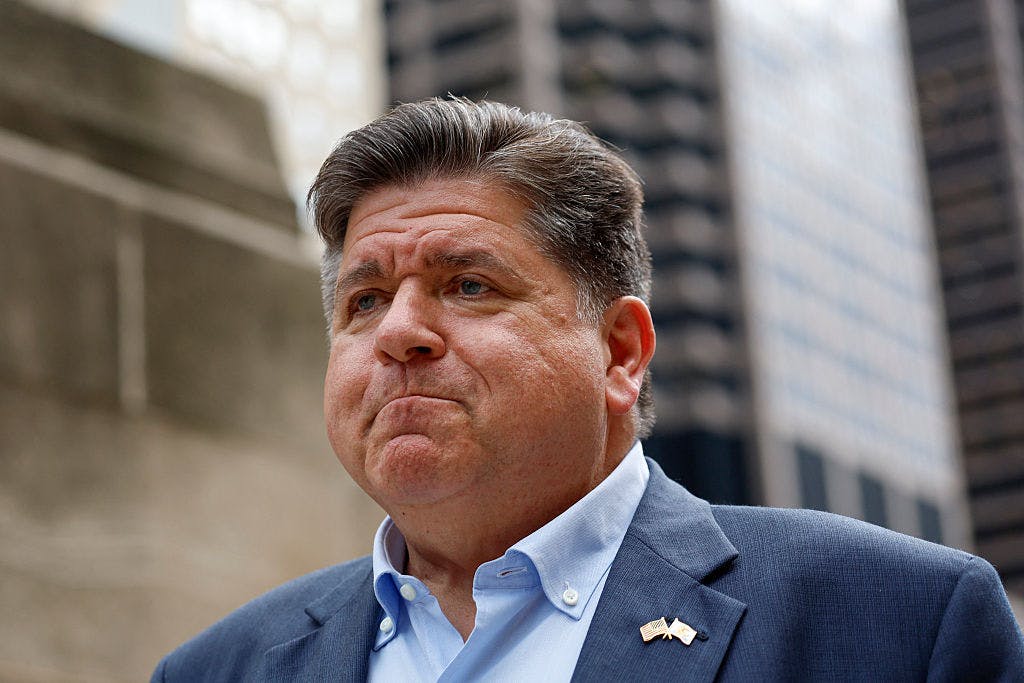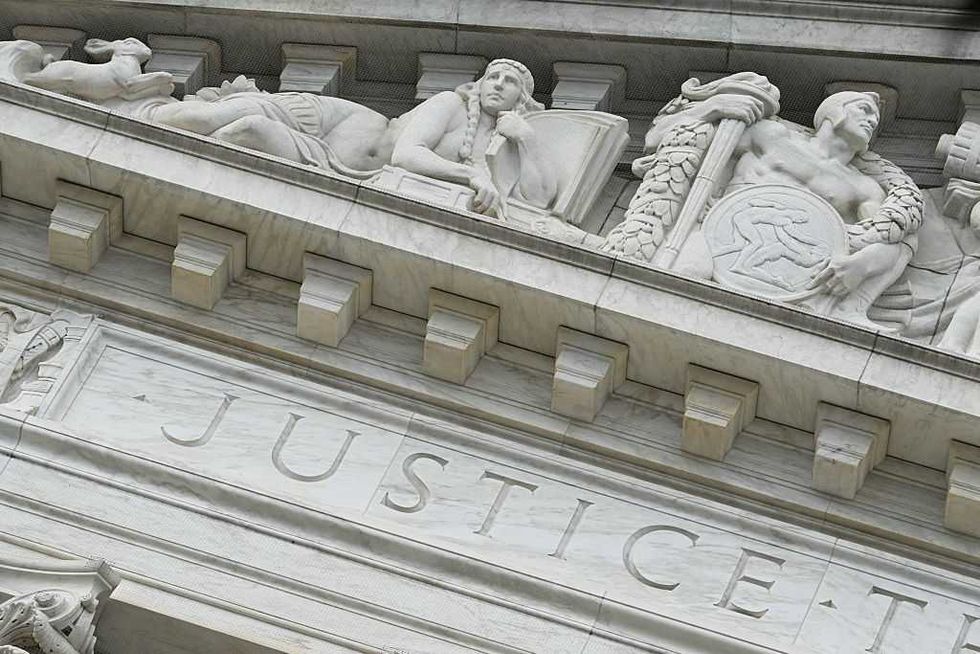FDA gives therapy OK to trendy toad-inspired toxin, paving the way for mass-market hallucinogenic nasal spray
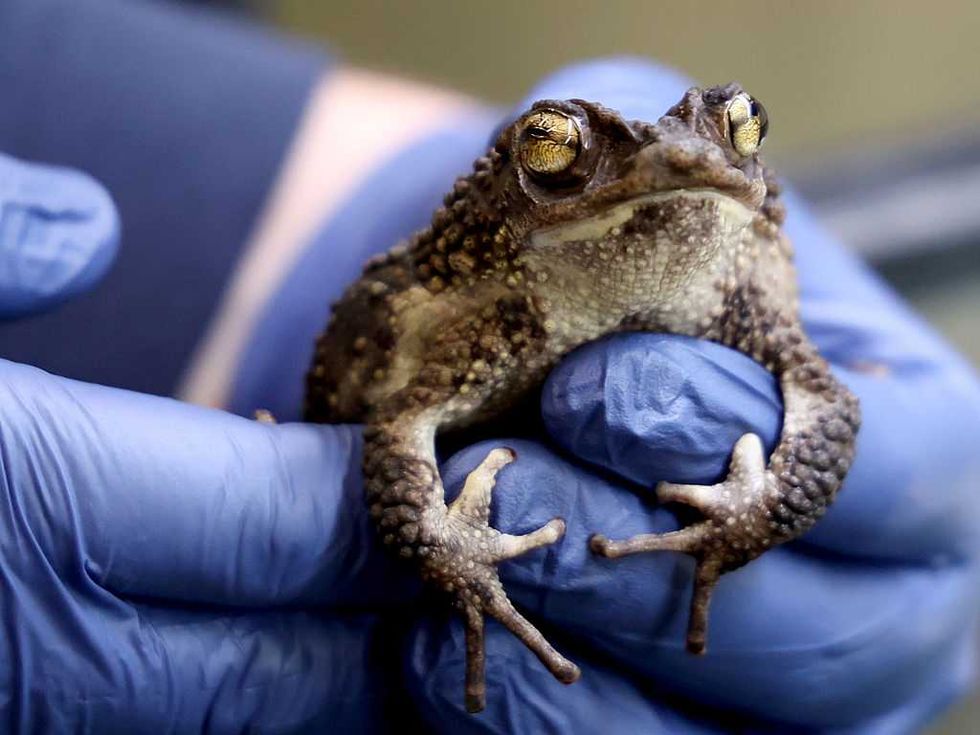
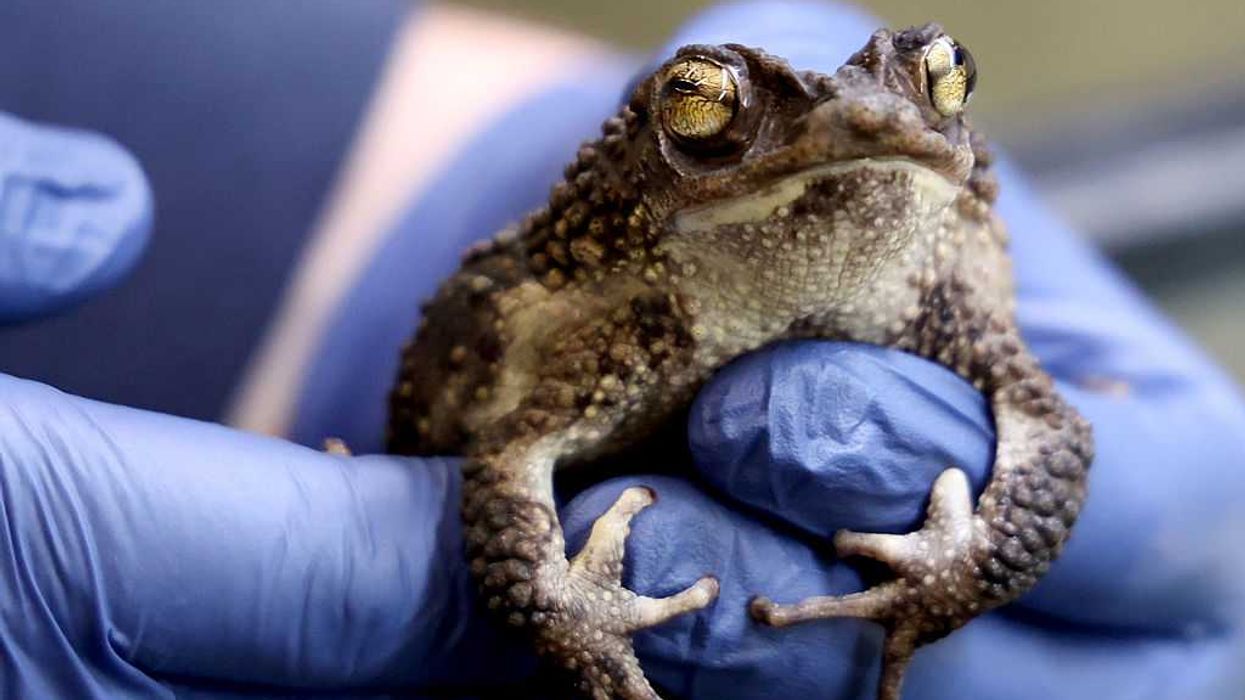
At first glance, it seems insane that the U.S. Food and Drug Administration has granted breakthrough therapy designation to a nasal spray derived from the super-powered hallucinogenic excretions of an internet-famous desert toad. The experimental compound falls among an emerging class of market-extant and incoming drugs synthesized, inspired, extracted, or otherwise manipulated out of natural hallucinogens such datura, which gave us scopolamine, or simply drugs that have previously only been associated with recreational and illegal usage.
The Colorado River toad produces for its defense a highly toxic form of DMT, dimethyltryptamine, which you may have heard of from Joe Rogan, Miley Cyrus, or, if you live in Oregon, your dentist. While the toad has ties to many a celebrity comeback and is implicated in popular culture (see “The Simpsons” episode “Missionary: Impossible”), the Bufo, as the amphibian is often called, is now apparently the inspiration for a serious advance toward Aldous Huxley’s famous vision of a society teeming with, mediated by, and dependent upon a particular mind-altering substance.
It’s just a little bit close to Huxley’s ‘Brave New World,’ where drugs are state-issued.
Huxley called his fictional drug “soma,” but Atai Life Sciences project, which is producing the toad-venom derivative, calls their contribution “mebufotenin.” Note that Atai Life Sciences valuations among speculators shot up with the announcement of the FDA designation.
In a public release from the company, Atai states that the designation “is granted to expedite development of drugs targeting serious or life-threatening conditions where preliminary clinical evidence suggests that the drug may demonstrate substantial improvement on one or more clinically significant endpoints over existing therapies.”
In the wild, the toad produces the compound 5-MeO-DMT, substantially different from the drug most associated with recreational psychedelic endeavors such as those popularized by Joe Rogan and others. Among experienced “psychonauts” (psychedelic explorers), the toad-derived variety of DMT provides a radically more intense experience even than the already supercharged but standard-issue DMT experience.
In 2019, a ketamine-based nasal spray sold by Spravato, owned by Johnson & Johnson, hit the market. It’s hard at this point to quantify, but there was an impact. It was shortly afterward that ads for the drug swamped social media. We learned that no less a winner than Elon Musk was a big proponent of the drug. (The wave of interest slowed when “Friends” television star Matthew Perry died unceremoniously in his hot tub, evidently after a ketamine overdose.)
RELATED: LA County Medical Examiner reveals drugs that caused Matthew Perry's death
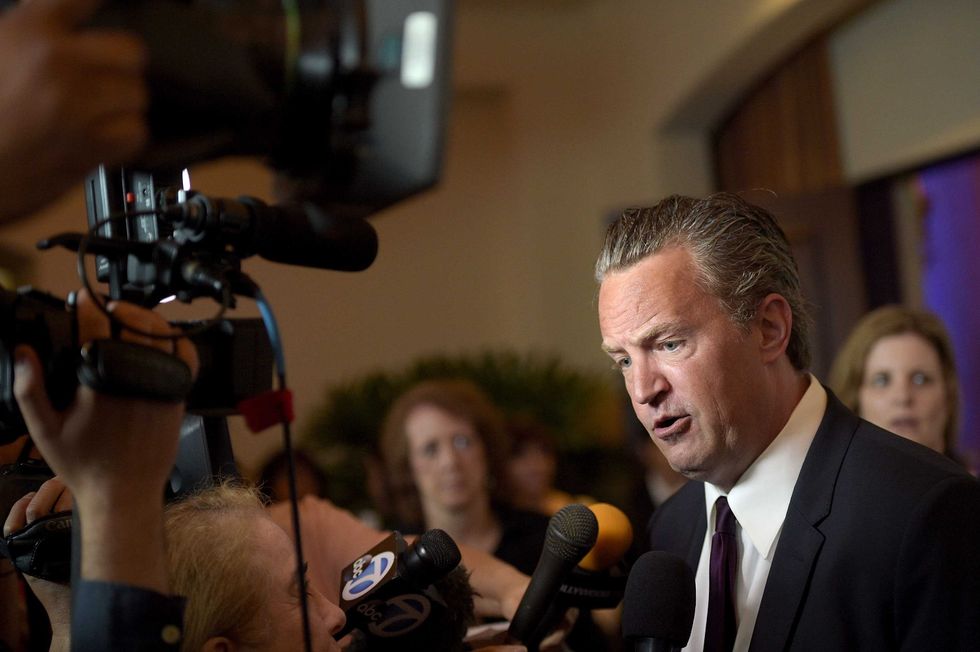 Photo by Jason Krempin / Contributor via Getty Images
Photo by Jason Krempin / Contributor via Getty Images
Is there a wink-wink nod aspect to all of this public systematizing of what were once compounds reserved for wild nights behind closed doors? Well, the nebulousness of the medical application customary to BTDs (“conditions ... suggest the drug may demonstrate substantial improvement”) is hard to miss. Harder when it seems to contribute to a recurring theme among many of these drugs which isn’t so much “license to party” as it is “license to self-isolate.” Or, as the PR campaigns will have it, “The establishment is now cool, they get it, and it’s OK to smother (anoint?) your difficulties in drug miasma. We’re all doing it.”
Scopolamine, the datura-derived compound, is unpatented and sold in low-dose patches over the counter. A higher-grade dose is offered via prescription, ostensibly for various vertigo and travel sickness-related issues. And in the case of esketamine, the justification is “treatment-resistant depression,” said to afflict 300 million people globally. Pretty nice market.
It was a well-accepted fact that for many years, the “prescription” of medical marijuana in Oregon was just a cover. In the case of medical-to-legal marijuana, Big Pharma managed to extract, patent, and control the marijuana cash cow, or least control the market on a few sub-compounds or aspects of it. It’s Big Pharma money pushing all of these drugs through; nothing gets through the corporate-government-legal machine without great globs of financial, incentivizing, and buy-off grease. Celebrities, too, have an interest and, presumably, a price for their imprimatur.
It’s just a little bit close to Huxley’s “Brave New World,” where drugs are state-issued and, curiously, often understood as a combination of hallucinogenic and anti-depression compounds.
As with any other social category or special interest group in America, psychonauts aren’t in any sense monolithic in their opinions, alliances, or wisdom. Dennis McKenna, the legit-scientist brother of late author and psychedelic exponent Terence McKenna, long ago raised objections to the intermingling of Big Pharma and the psychedelic “community,” such as the former may be. For McKenna and others, it was a self-evident fact that the bottom-line logic native to corporate operation was antithetical to the perceived sacred nature of these hallucinogenic compounds.
Old-school psychonauts, whose informal and decentralized psychedelic church ideologically opposed “the establishment,” were convinced psychedelics would usher in utopia (even though LSD was invented by Swiss pharma giant Sandoz). They considered LSD and MDMA their sacraments. Yet, for them, combining LSD with mescaline, the active compound in peyote, was sacrilege. Yesterday, the internet crossed the streams of the establishment and the renegades with unnerving effects. Tomorrow, the same is about to happen with hallucinogens. After all, as Timothy Leary famously put it, “The PC is the LSD of the ’90s.”
Originally Published at Daily Wire, Daily Signal, or The Blaze
What's Your Reaction?
 Like
0
Like
0
 Dislike
0
Dislike
0
 Love
0
Love
0
 Funny
0
Funny
0
 Angry
0
Angry
0
 Sad
0
Sad
0
 Wow
0
Wow
0





